Your guide to Morningside Heights: A college town in a city neighborhood
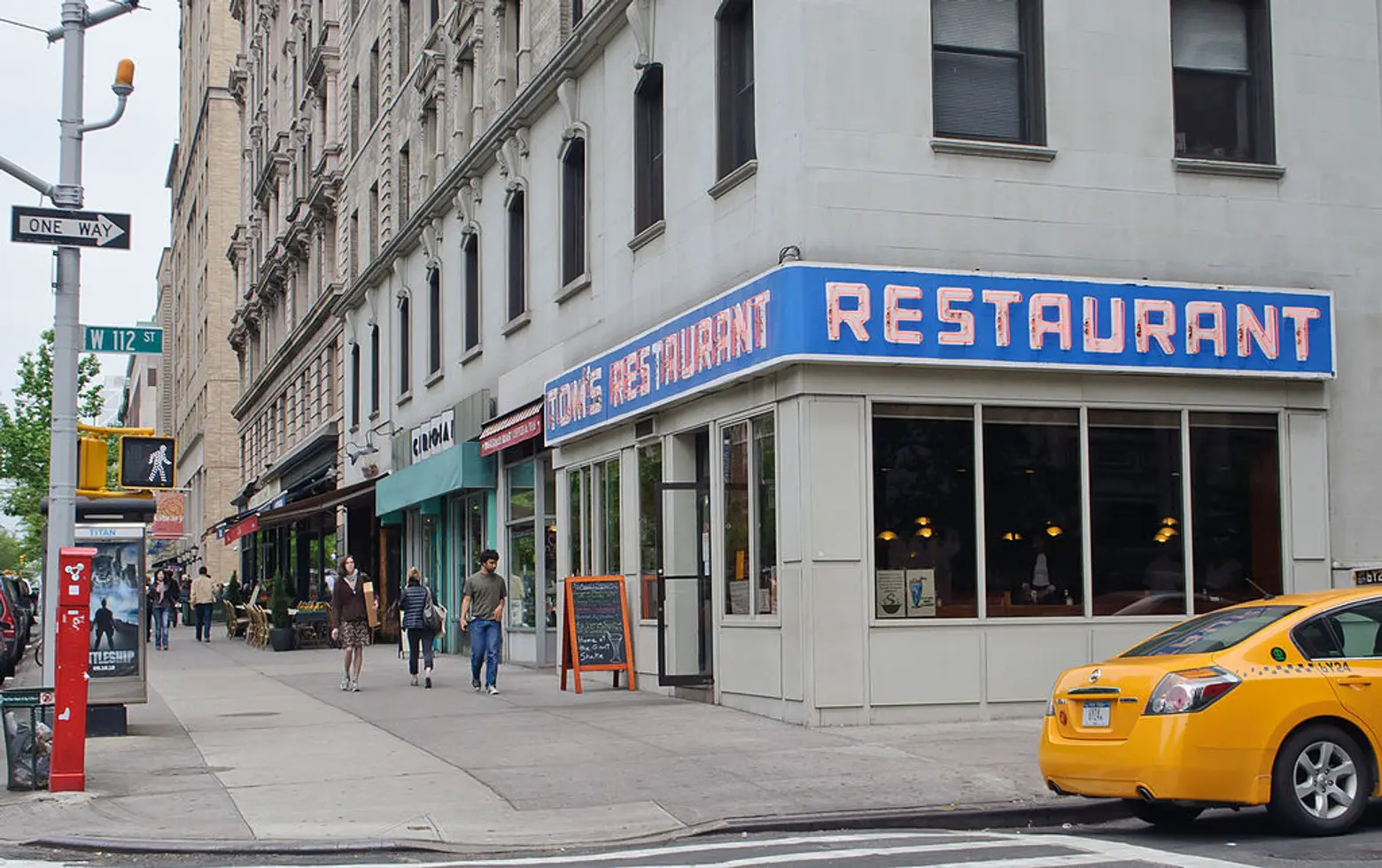
Tom’s Restaurant is a landmark in Morningside Heights thanks to Seinfeld. Photo by Scarlet Sappho on Flickr
Bookended by Morningside and Riverside Parks on a high plateau in Upper Manhattan, Morningside Heights is tucked between the neighborhoods of Manhattanville to the north and Manhattan Valley to the south. The neighborhood’s street boundaries are Morningside Drive to the east, 125th Street to the north, 110th Street to the south, and Riverside Drive to the west, with Broadway as its main commercial thoroughfare. Morningside Heights is also considered to be part of Harlem–with the Upper West Side just below. To use a bookend analogy is fitting: Morningside Heights is the largest student neighborhood in New York City; it is this distinction that provides the city neighborhood with its college town vibe.
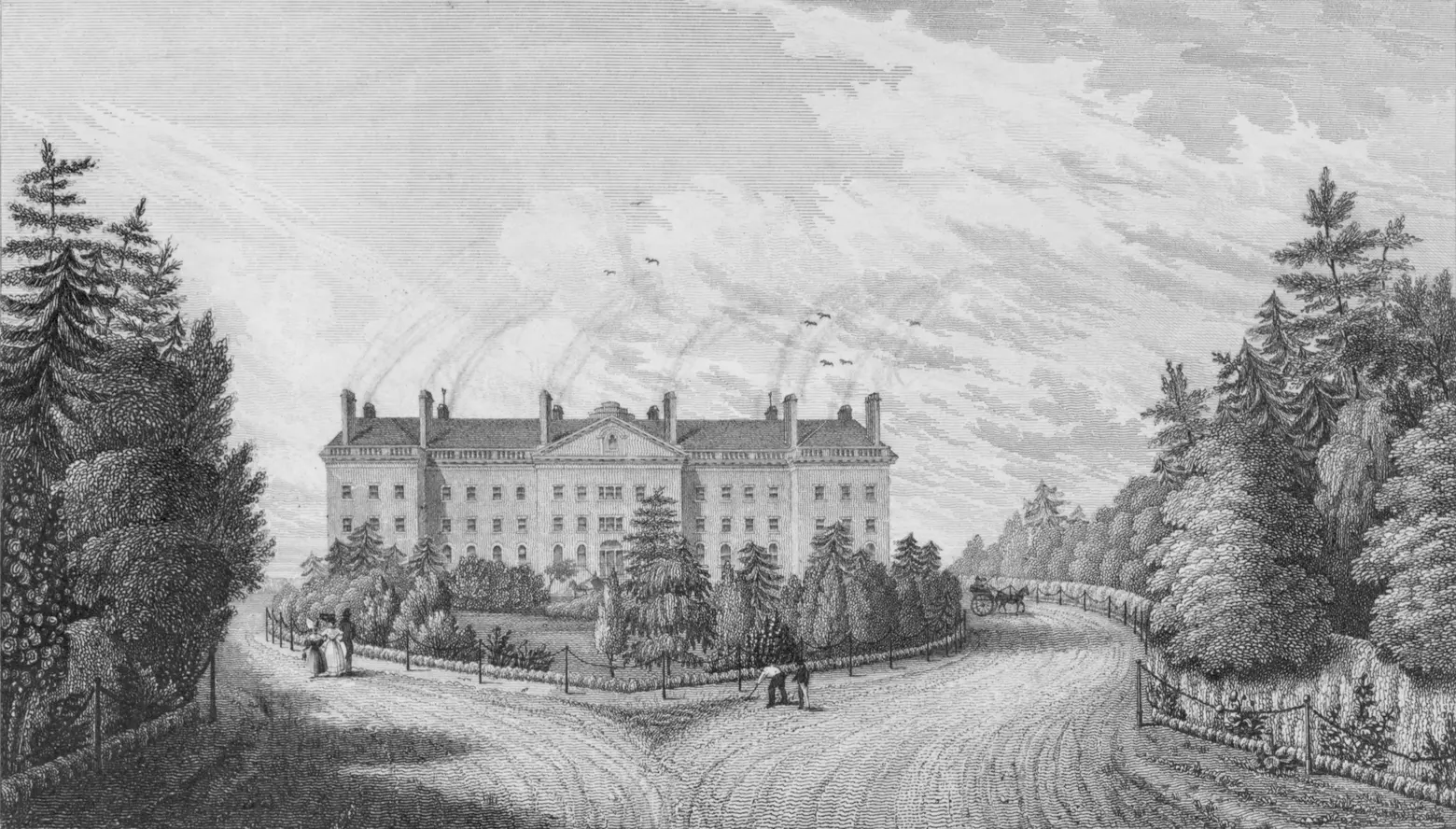 Bloomingdale Asylum circa 1831. Image from Public Domain.
Bloomingdale Asylum circa 1831. Image from Public Domain.
Formerly known as the Bloomingdale District in the 19th century, the high plateau surrounded by a steep valley was home to several asylums (the most notable being the 26-acre Bloomingdale Asylum) which have historic significance to this day, though relatively little remains of their grounds.
As the city’s largest student neighborhood, Morningside Heights has been called the “Academic Acropolis,” and although you don’t need a university affiliation to live here, it’s hard to avoid the presence of Ivy League academia–and the undergrad and graduate students, professors and a wide range of others who work at the many neighborhood institutions of higher learning.
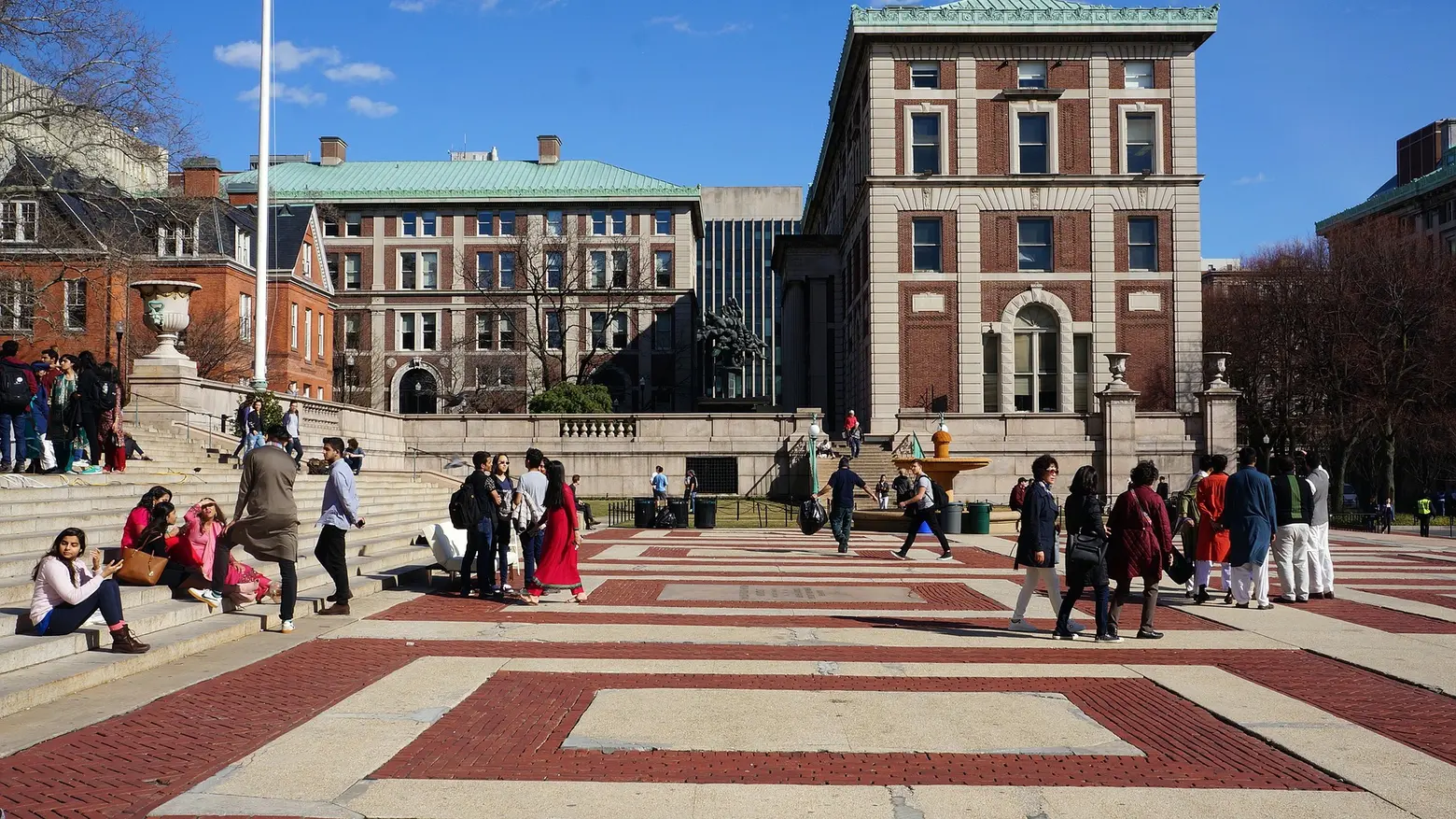 Columbia campus, via Pixabay
Columbia campus, via Pixabay
Much of the neighborhood is comprised of the campus of Columbia University. Many of its buildings, including much of the available off-campus housing, are owned by the university. Reportedly, Columbia owns approximately 14.9 million square feet across 232 properties, most of it located in Morningside Heights.
In addition to Columbia, Barnard College is located here, as well as the Teachers College at Columbia University, Union Theological Seminary, the Institute of Musical Art and the Manhattan School of Music, the Jewish Theological Seminary of America, New York Theological Seminary and Bank Street College of Education. The International House at Riverside Drive and 122nd Street is a student dormitory serving nearby colleges.
The presence of so many universities brings with it a collection of art and music platforms centered around performance spaces like the Miller Theater at Columbia and the Manhattan School of Music. Parks, of course, are a constant, offering jogging paths, ball fields, dog runs, cliffs, waterfront vistas, and gardens of Morningside Park and Riverside Park on either side.
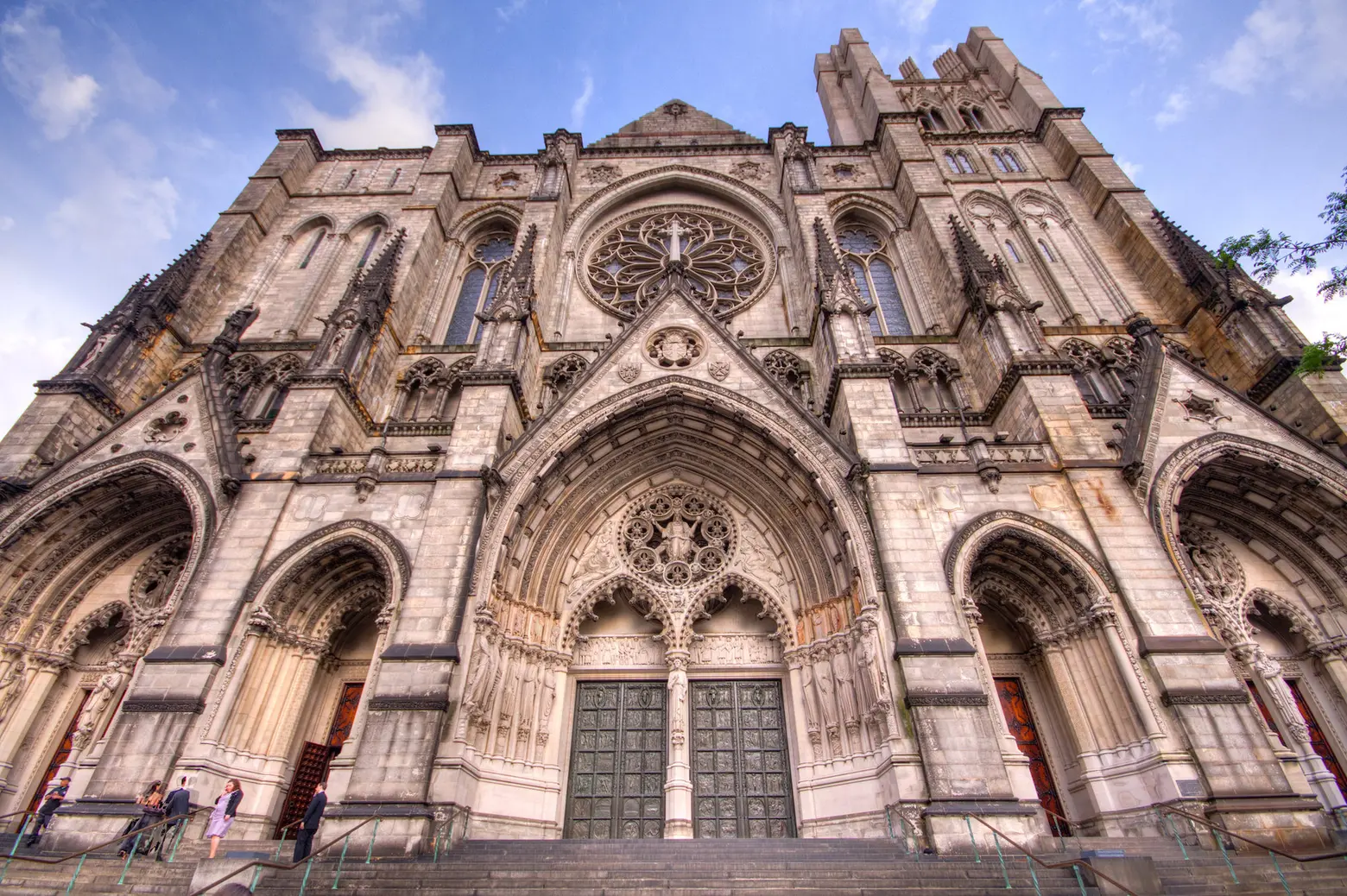 Photo by Kripa Chettiar on Flickr
Photo by Kripa Chettiar on Flickr
Some of the city’s most impressive historic churches are located in Morningside Heights, including the Cathedral of St. John the Divine, the seat of the Episcopal Diocese of New York. This famously unfinished building is among the world’s largest churches and serves as a venue for popular community events–religious and otherwise.
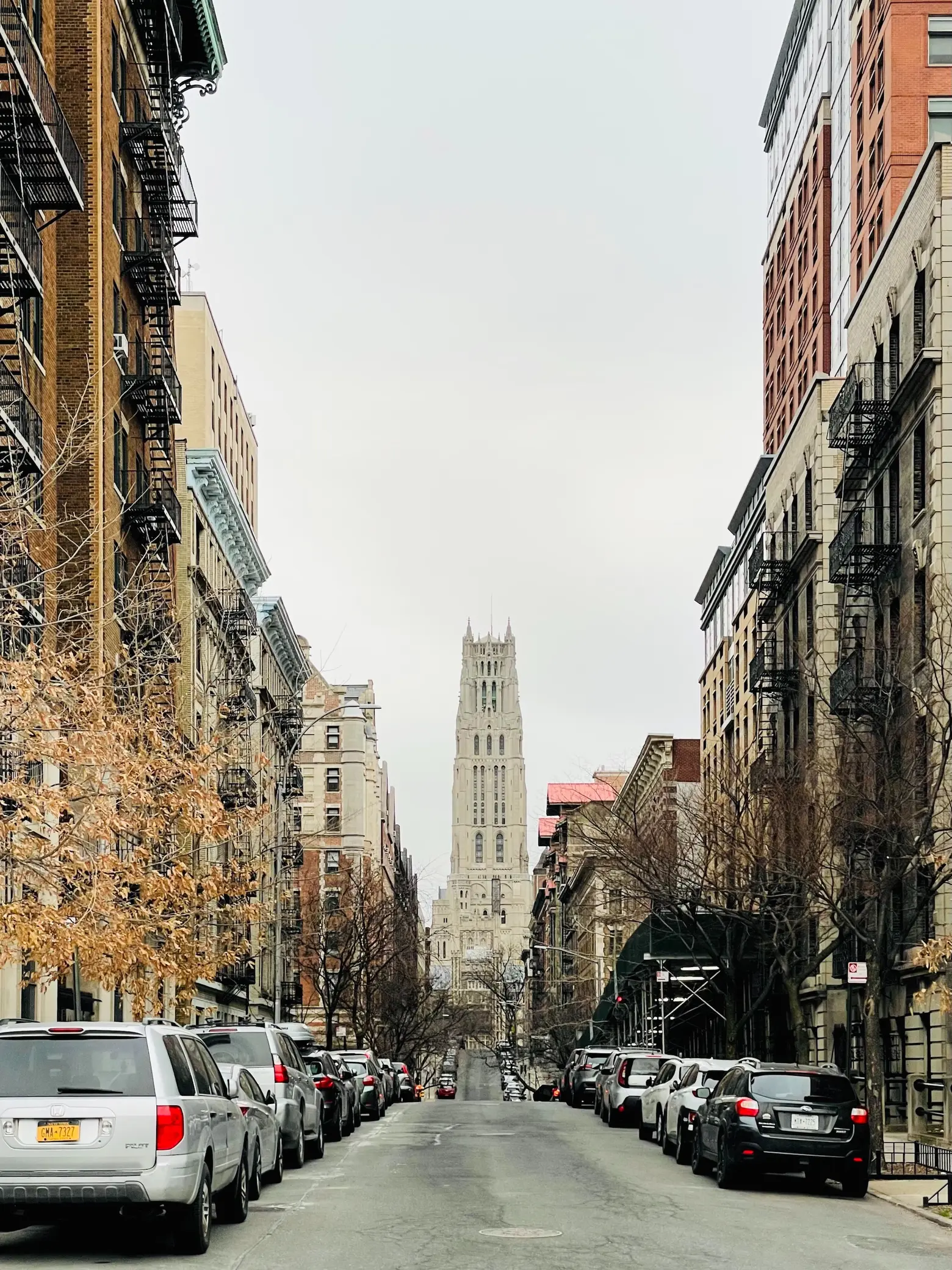
Photo by Zoha Kidwai on Unsplash
The neighborhood has, in the past decade, found itself in a constant state of change, both dramatic and subtle, including the completion of several notable new luxury residential buildings. Yet it has retained some of the “village” vibe that has long been its hallmark.
Convenient public transportation for students, commuters and everyone else is an easy “A.” The No. 1 train stops along Broadway at 110th, 116th, and 125th Streets. The A, B, C, and D lines stop a few blocks east along Manhattan Avenue. Eight buses serve the neighborhood.
Things to see and do in Morningside Heights
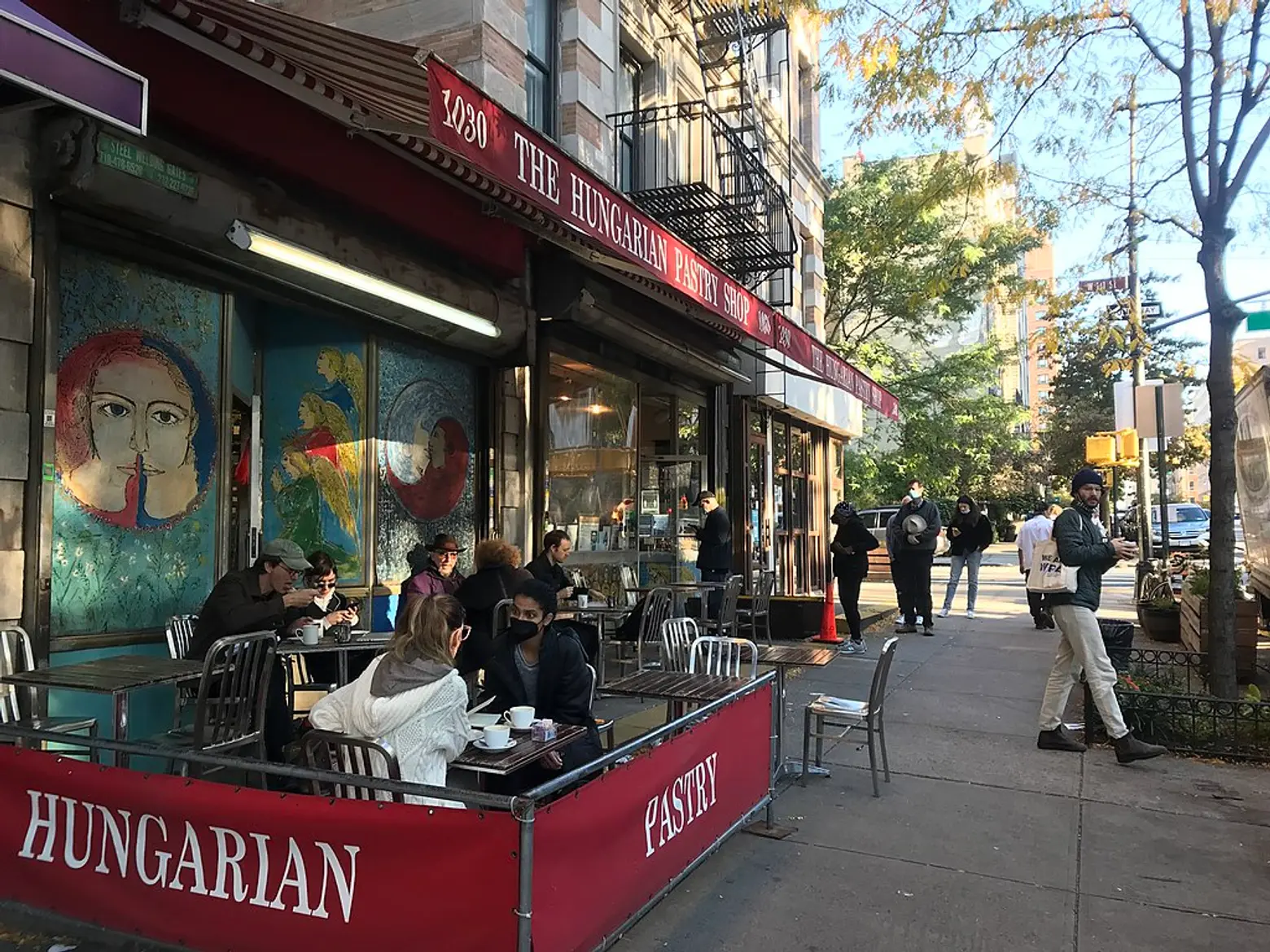 Photo by Clayrey via Wikimedia cc
Photo by Clayrey via Wikimedia cc
Where to eat and drink
The Hungarian Pastry Shop
Perhaps the best-known spot in the neighborhood, this Morningside Heights coffee and conversation destination has served several generations of scholars, writers, and thinkers. This unassuming coffee shop on Amsterdam Avenue and 111th Street across from the majestic Cathedral of St. John the Divine has been providing coffee–albeit strong Hungarian coffee–and cake to fuel lively debates since 1961 when it was founded by a Hungarian-Jewish immigrant couple.
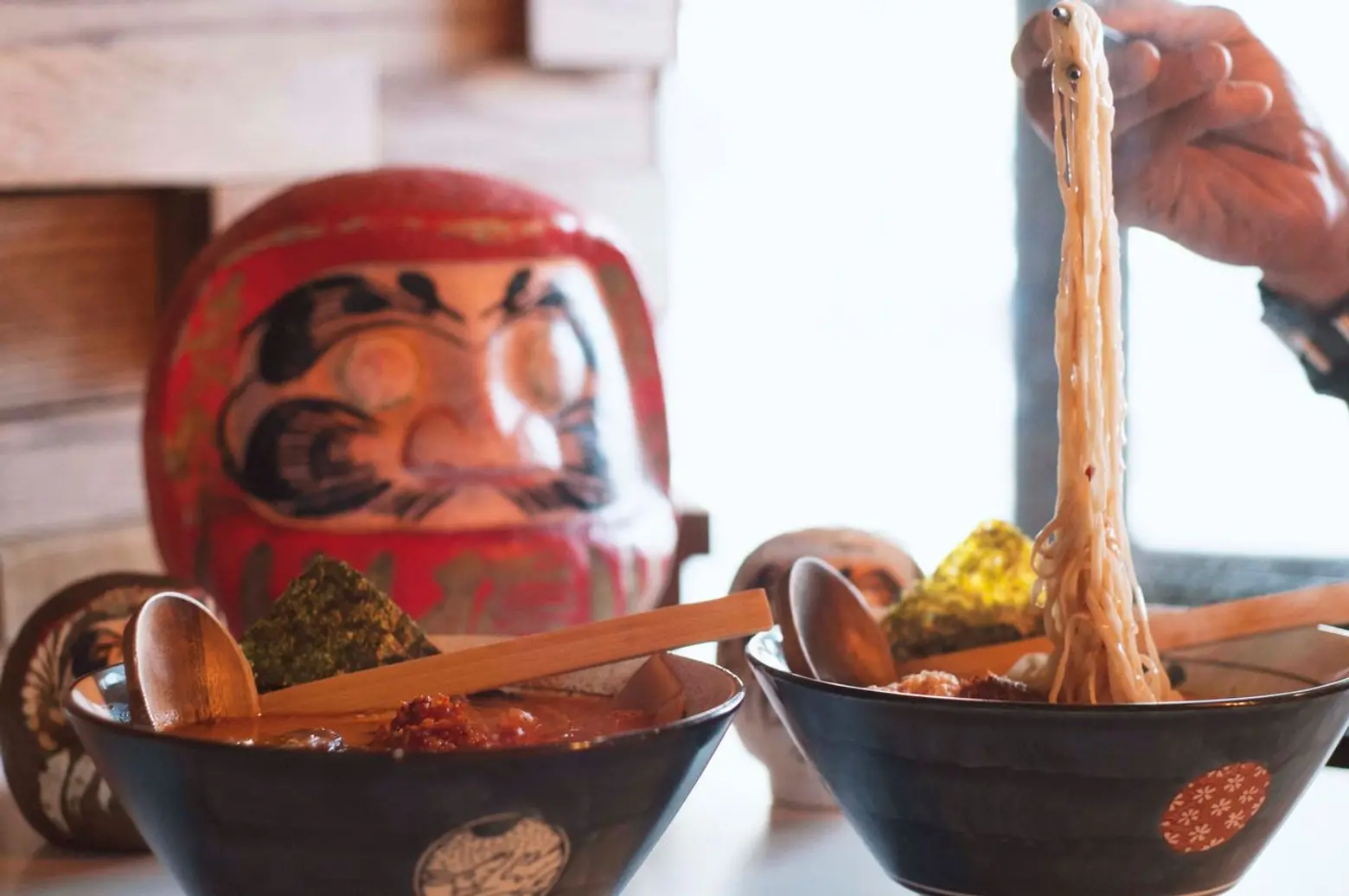 Photo courtesy of Jin Ramen
Photo courtesy of Jin Ramen
Jin Ramen
New Yorkers are definitely a spoiled bunch; living on ramen in college means having access to some of the best Asian flavors available on these shores. Columbia students don’t have to head downtown for tasty ramen and pork buns, they can just duck under the 125th Street subway stop to find a dining room full of students and locals, slurping away.
Marlow Bistro
This chic, relaxed Mediterranean spot uses locally sourced ingredients for festive and modern recipes. The pretty corner restaurant behind a striped awning is good for a date night dinner, brunch, or even just drinks at happy hour.
Massawa
Massawa is one of the first Eritrean and Ethiopian restaurants in the U.S., and since arriving in New York City in 1988, it has been among the best choices for dining in Manhattan’s northern environs. Fresh ingredients go into vegetable, fish, and meat dishes as well as hearty vegan and vegetarian fare from mild to spicy, accompanied by traditional fluffy injera bread. Order a glass of honey wine or an Eritrean beer–or try traditional Ethiopian coffee.
Mel’s Burger Bar
Mel’s is a burger-and-fries destination from as far away as Midtown, known as much for all-natural beef burgers paired with house-special potato rolls, focaccia, and sourdough rye buns and nine types of fries as for its lively dive bar setting–or the bottomless brunch.
The Heights Bar and Grill
Classic New York and Mexican flavors like heaping nachos and stuffed burritos, plus an endless selection of tequila-inspired cocktails, add to the view from “above it all” on the rooftop of this local classic. Students hit the space hard after 10, it’s a mix all other times.
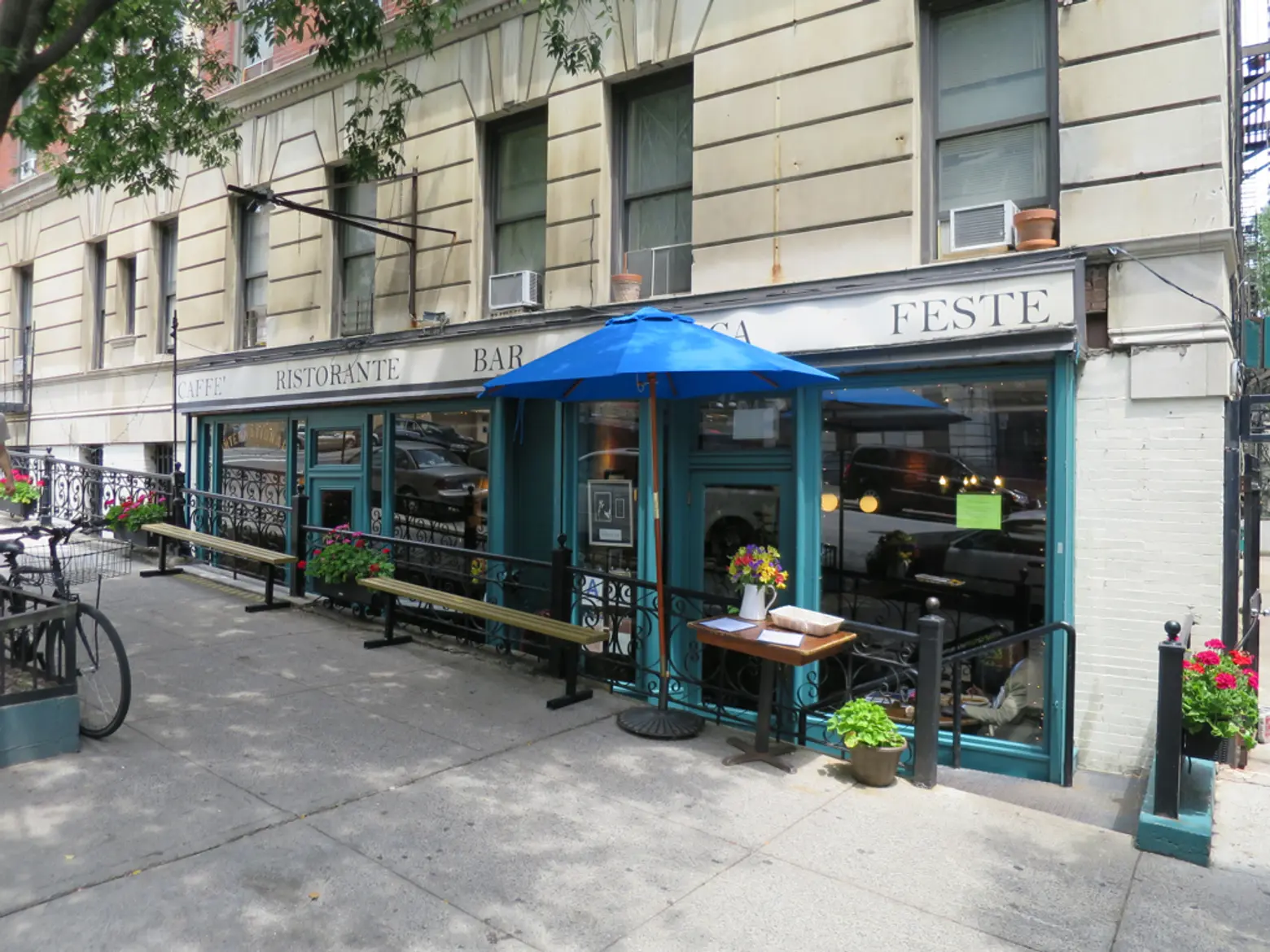 Photo courtesy of Pisticci
Photo courtesy of Pisticci
Pisticci
Classic Italian fare in a semi-subterranean linen-tablecloth space is a popular choice with locals. Live jazz is a highlight on Sundays.
Community Food and Juice
This neighborhood favorite features an American-eclectic menu that features seasonal, local, and organic ingredients and indoor and outdoor dining. Breakfast, lunch, and dinner are served daily.
Thai Market
Homemade Thai street food emphasizes authentic flavors, with servers who know their way around the huge broadsheet-style menu. On a warm day, the open-air facade makes for a heavenly experience.
Saiguette
If you’re uptown and craving bánh mì and Vietnamese cuisine, Saiguette is here for you. A modest storefront–takeout and delivery is the focus here–promises a no-frills meal, but frills aren’t necessary when there’s an enormous menu and what is arguably the best bánh mì on the Upper West Side.
Koronet Pizza
Koronet is one of the few go-to eateries in the neighborhood that has outlasted decades of change and growth. Huge slices and even bigger pies at low prices would be a draw in any student neighborhood, but these pies are top-tier even compared with New York City’s best.
Absolute Bagels
The argument between New Yorkers about where to get the best bagel is clearly as much about the journey as the destination, but that journey is likely to include an everything bagel from Absolute Bagels at 2788 Broadway. Founded by a former Ess-A-Bagel employee, this cash-only bagelry is a typical hole-in-the-wall, but the line out front is there for a reason (and it moves pretty quickly).
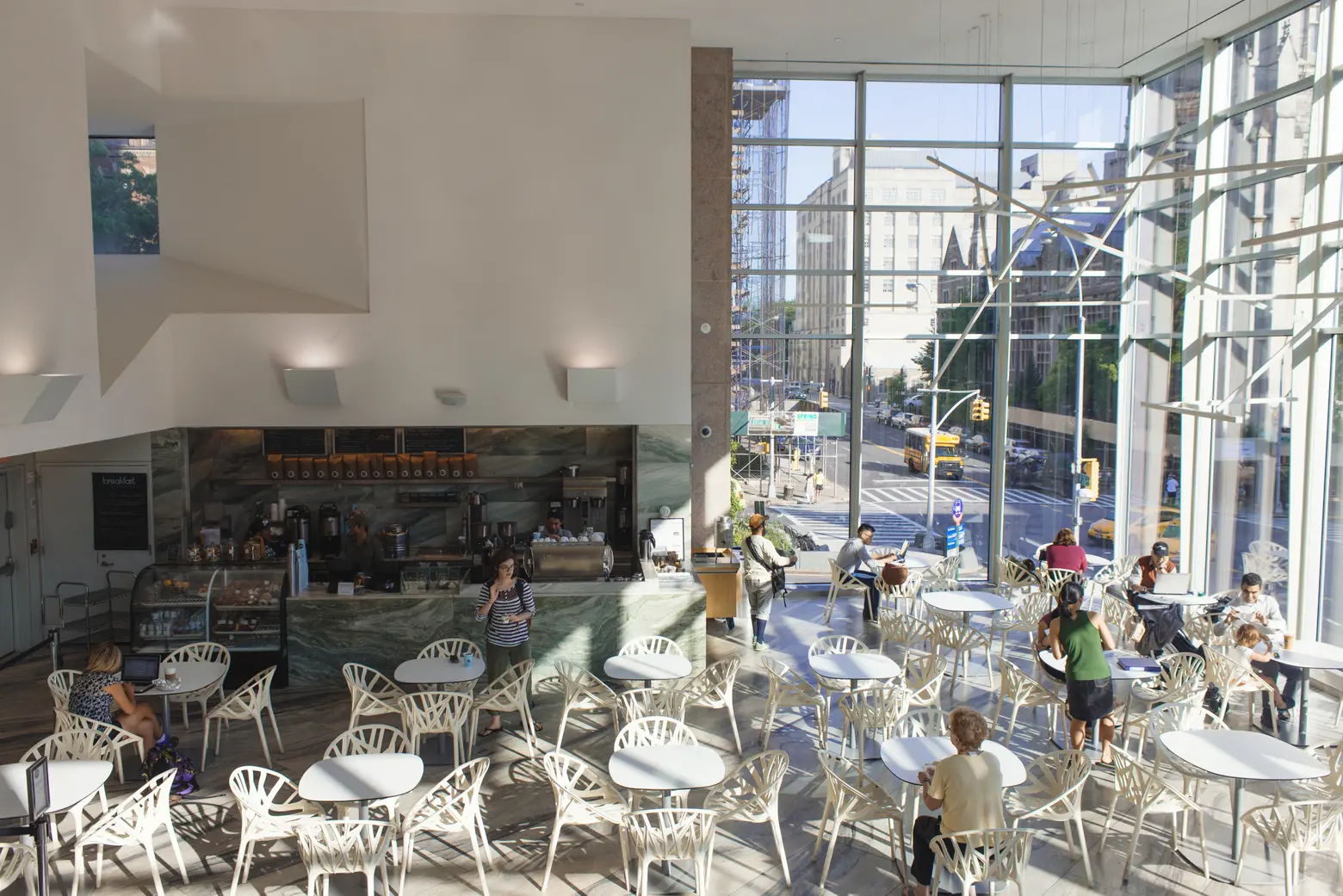 Photo courtesy of Joe Coffee
Photo courtesy of Joe Coffee
Joe Coffee
Though this coffee roastery has locations throughout the city, it would be hard to mention a college neighborhood without pointing out its top coffee shops–and Joe fits the bill. Get your coffee fix or dig into that research paper at any of several Joe locations on the Columbia campus (otherwise known as Morningside Heights) including José Rafael Moneo’s modern aluminum-and-glass science building, where you’ll also find a full menu.
ROKC
ROKC stands for Ramen, Oysters, Kitchen, and Cocktails; while the former three are worth walking in the door for, the cocktails–creative concoctions that include one that’s served in a conch shell–are worth the stumble home.
Doaba Deli
If you’re craving Indian food, find the tiny strip of Indian restaurants on Columbus between 106th and 107th–the one with all the yellow cabs always parked outside–and hit this also-tiny room at 945 Columbus Avenue that’s serving up vegetarian curries and stews and freshly baked naan for takeout.
Where to shop
Columbia Greenmarket
This year-round farmer’s market offers the wares of local farms and small-batch food producers every Thursday and Sunday. Look for milk and yogurt, fruit, cider, baked goods, preserved fruits and vegetables, eggs, cheese, meats, pickled vegetables, maple syrup, honey, fish, and lunchtime favorites like focaccia topped with locally sourced herbs and cheeses.
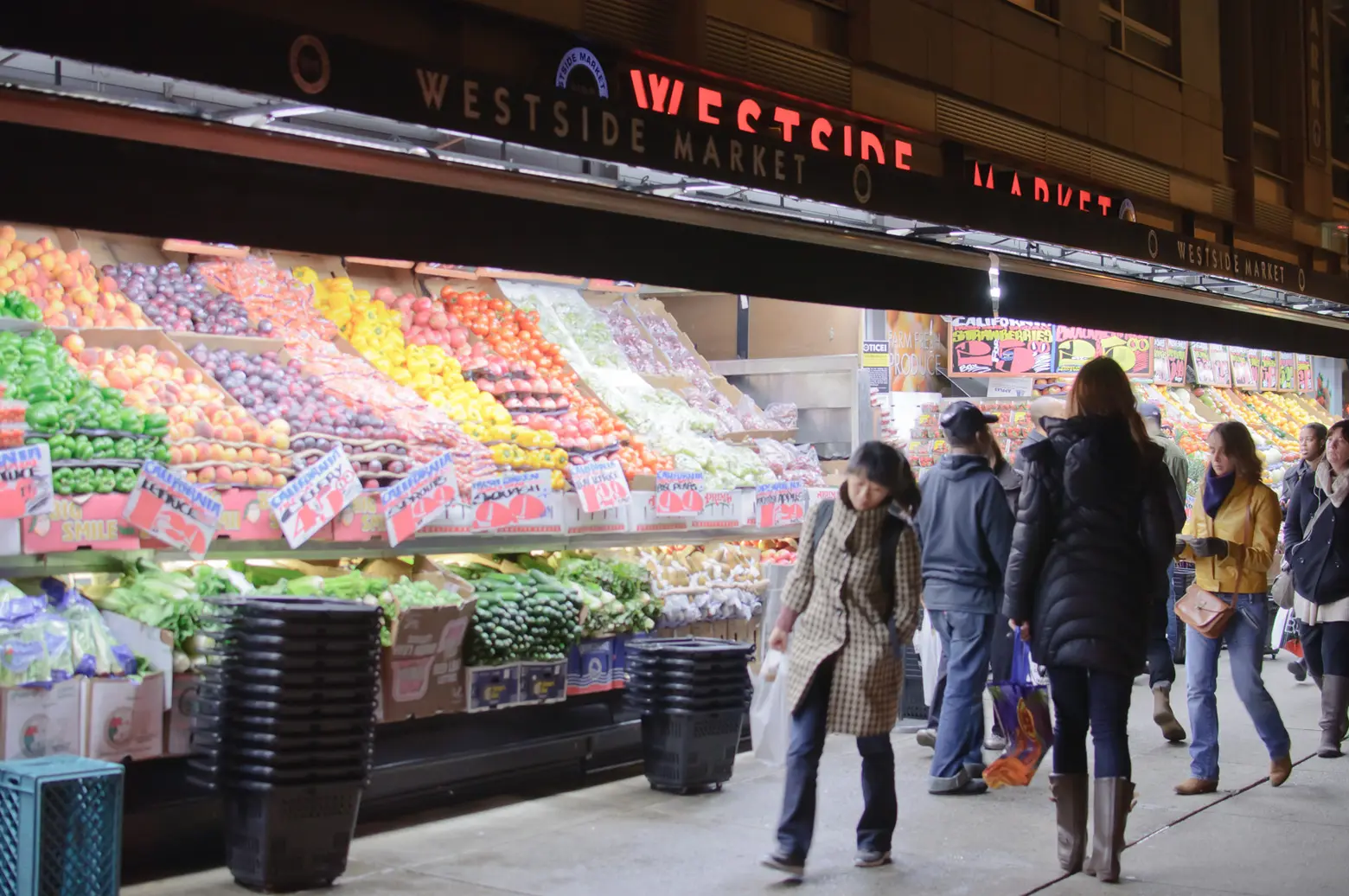 Photo: Scarlet Sappho via Flickr
Photo: Scarlet Sappho via Flickr
Westside Market
Any student neighborhood is likely to have a 24-hour population, and this local, family-owned grocery, open 24/7, is here for it.
Milano Market Westside
Though their passion is the sandwiches that made them famous, this Italian market offers an impressive selection of imported and domestic cheeses and olives, fresh bread, cured meats, and more.
Book Culture
This iconic uptown address holds a seat among the city’s most beloved bookshops; unlike many of them, it continues to thrive. Proximity to an Ivy League university doesn’t hurt, though there are a handful of locations throughout NYC. Passionate staff and well-curated selection have made this a neighborhood favorite since it opened in 1997.
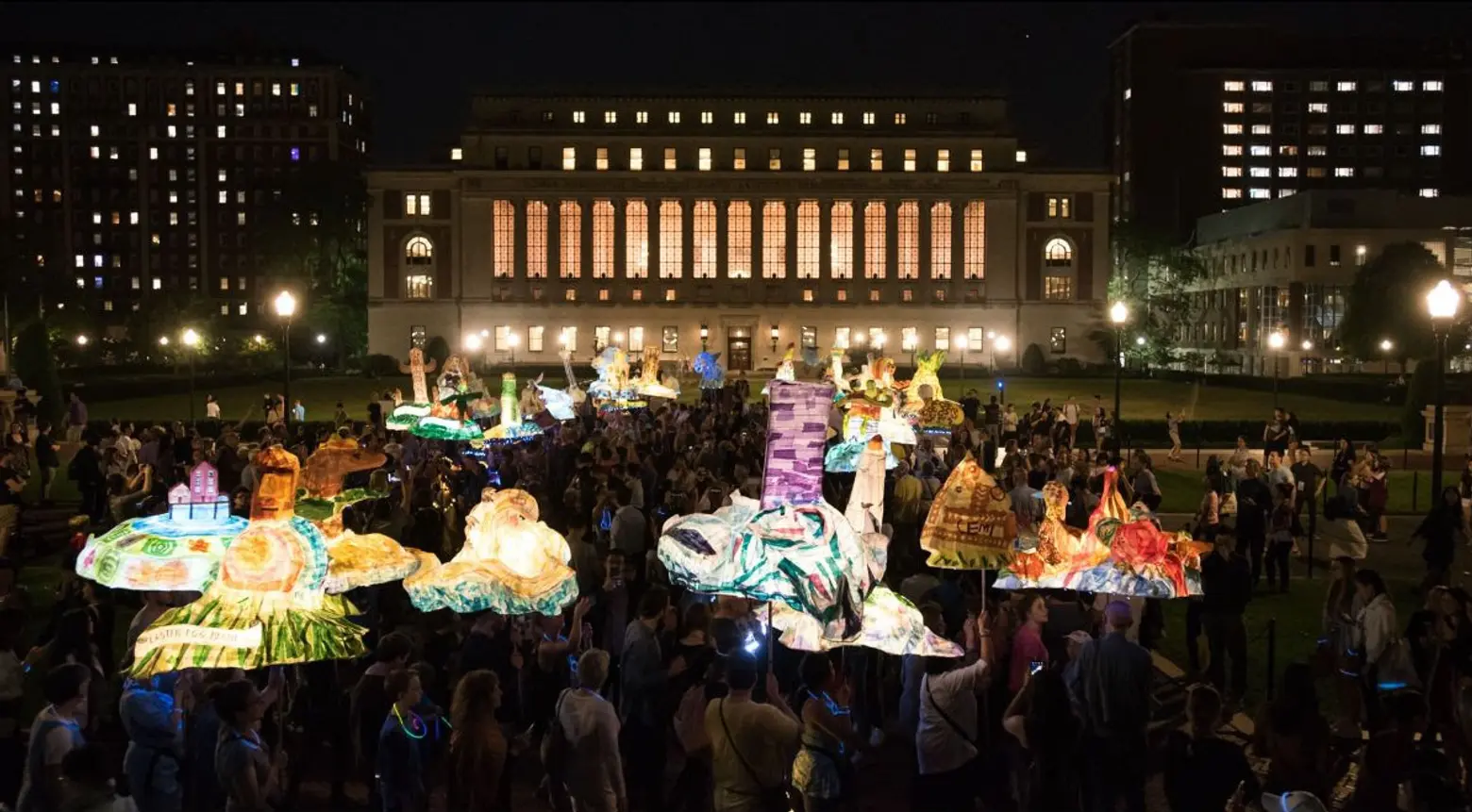 Morningside Lights 2019; Photo by Michael Seto
Morningside Lights 2019; Photo by Michael Seto
Events and culture
Postcrypt Coffeehouse
Postcrypt Coffeehouse is an all-acoustic music venue in the basement of St. Paul’s Chapel at Columbia University in New York City, run completely by students. Postcrypt has been “folkin’ around since 1964,” and during that time has hosted countless up-and-coming folk musicians, including Jeff Buckley, Dar Williams, Shawn Colvin, David Bromberg, and Ani DiFranco. Look for an annual secret Suzanne Vega performance at this free, all-volunteer-run venue located in a singularly haunting space.
Silvana
Silvana is a mix of social club and cafe; grab a coffee in the AM and bring a date for live music downstairs when the sun goes down.
Miriam and Ira D. Wallach Art Gallery
The Wallach Art Gallery is Columbia University’s premier public visual arts space. The gallery serves the community as a platform for critically acclaimed exhibitions, a dynamic range of programming, and publications that contribute to scholarly pursuits.
The Manhattan School of Music
Manhattan School of Music presents nearly 600 in-person performances each academic year–most of them free of charge–both on campus and at prestigious venues around New York City.
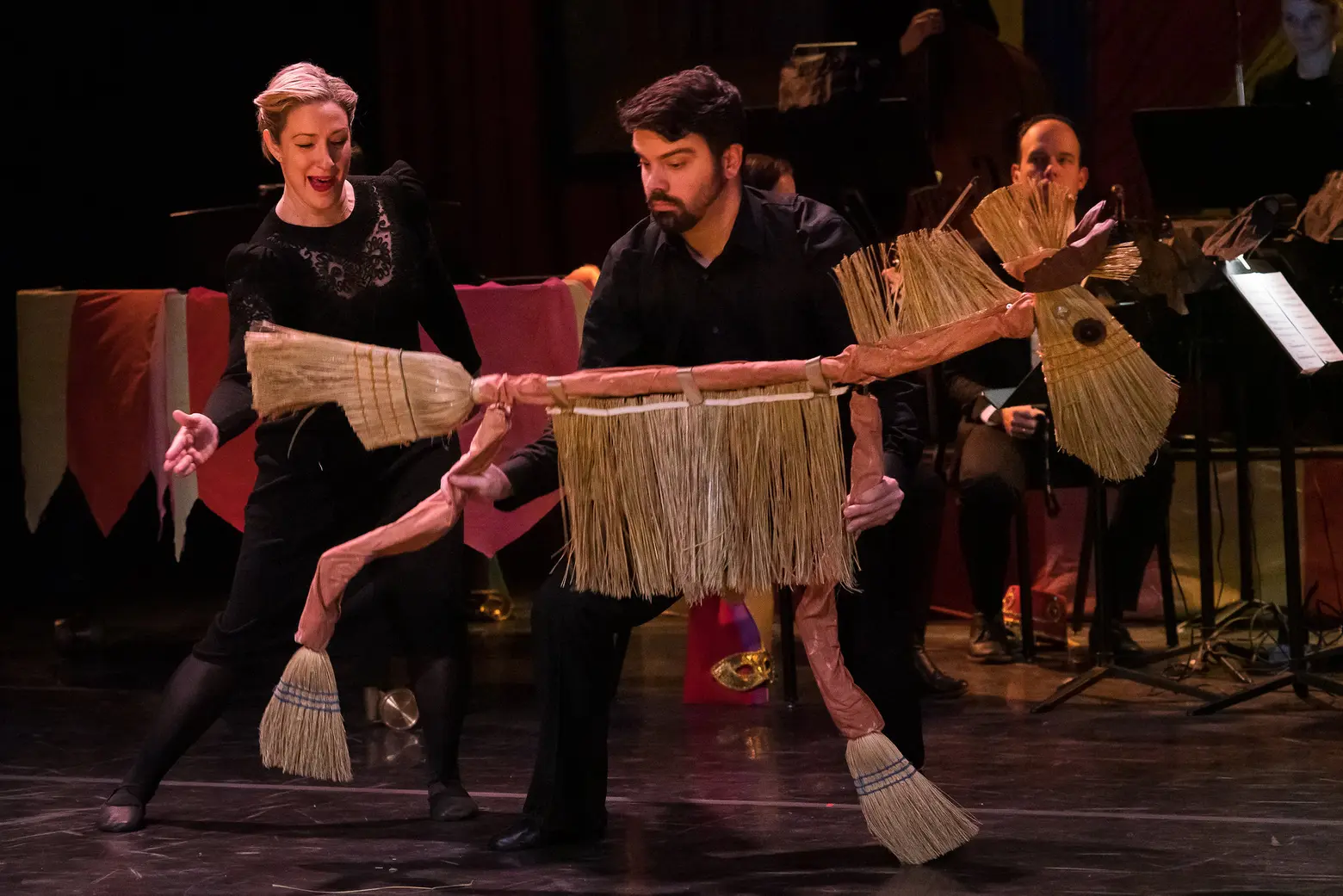 Photo by Peter Matthews via Flickr
Photo by Peter Matthews via Flickr
The Miller Theatre at Columbia University
Miller Theatre at Columbia University is celebrated for its innovative arts programming. In partnership with Columbia University School of the Arts, Miller is dedicated to producing and presenting unique events with a focus on contemporary and early music, jazz, chamber opera, and multimedia performances, also serving as an incubator for emerging artists.
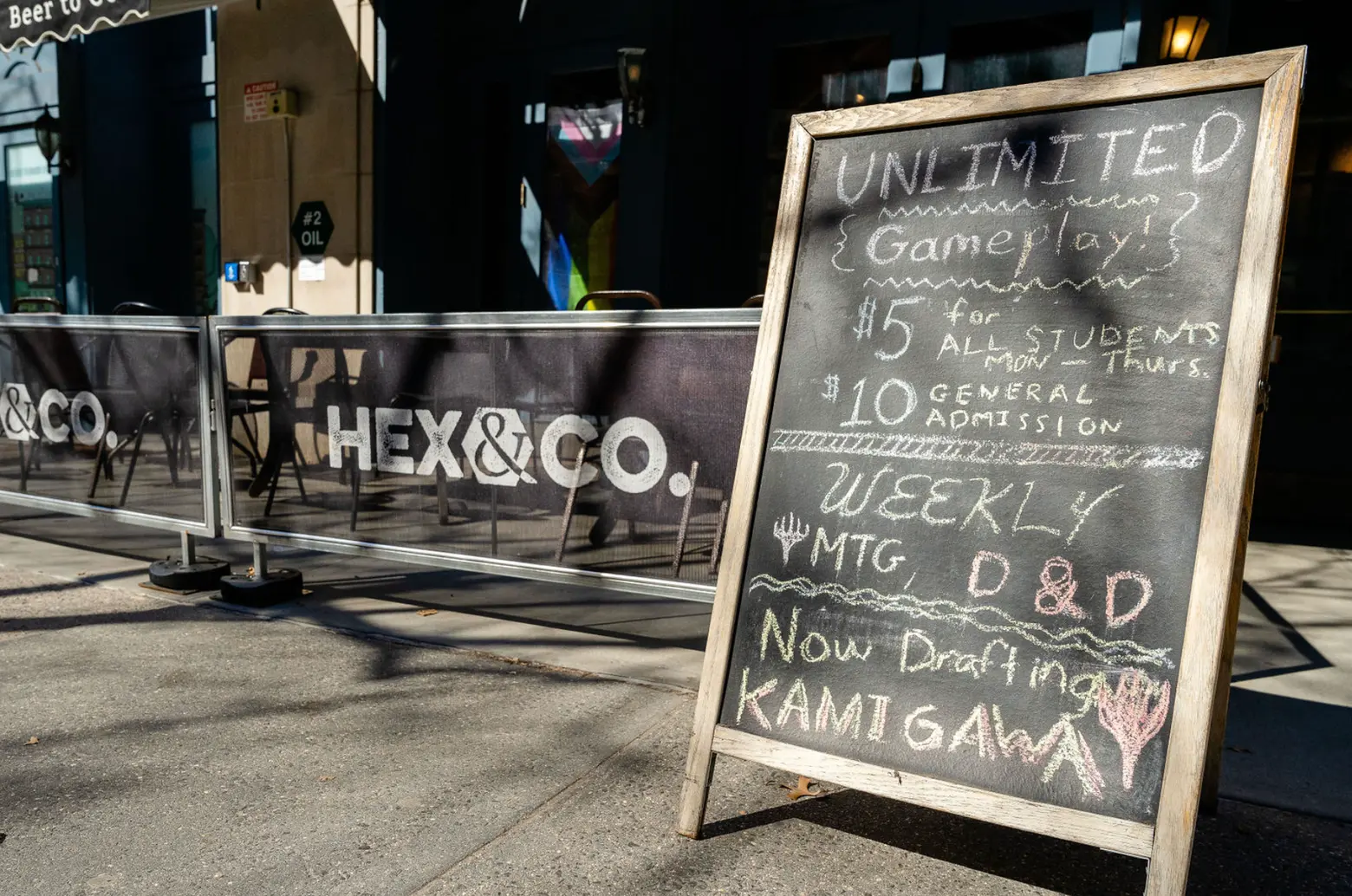 Photo credit: HS Brands Photography
Photo credit: HS Brands Photography
Hex & Co. board game cafe
This unique cafe occupies the former home of one of the neighborhood’s favorite classic Beat haunts, West End Bar. No matter how much fun can be had with a screen, sharing space and a board game is an experience no one is ready to give up. The owners of this cafe, with several locations throughout the city, have a unique enthusiasm and knowledge of everything from your daily coffee brew to your favorite games and craft beer picks.
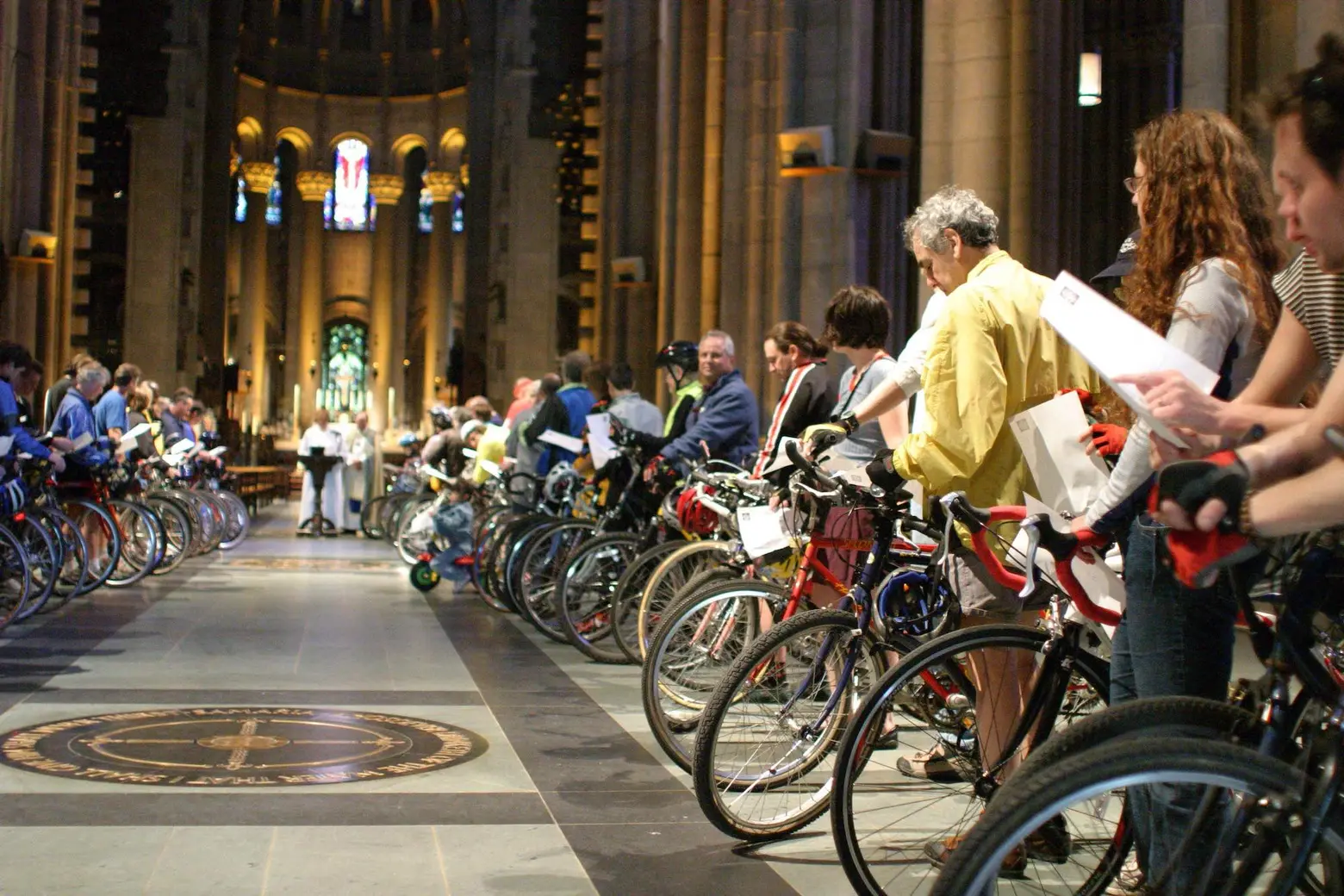 Photo via Wikimedia cc
Photo via Wikimedia cc
Blessing of the Bikes at the Cathedral Church of St. John the Divine
Usually scheduled the day before New York City’s Five Borough Bicycle Tour, the Blessing of the Bicycles attracts hundreds of bikes and their riders to the celebrated cathedral for a quick blessing at this unique gathering. All–or no–denominations are welcome at this free event, as are all-wheeled, people-powered vehicles.
St. Francis Day Blessing of the Animals
The cathedral hosts a special annual celebration in honor of the Feast of Saint Francis of Assisi on the first Sunday in October. Kids love this annual service and accompanying fair on the Close–cathedral clergy are available to bless your–hopefully well-behaved–pet at the fair.
Morningside Lights
Hosted by the Arts Initiative and Miller Theatre at the Columbia University School of the Arts, Morningside Heights’ annual lantern festival lights up the sky, allowing visitors to create their own lanterns and float them in a procession from Morningside Park to Columbia’s campus. There are free lantern-building workshops before the procession.
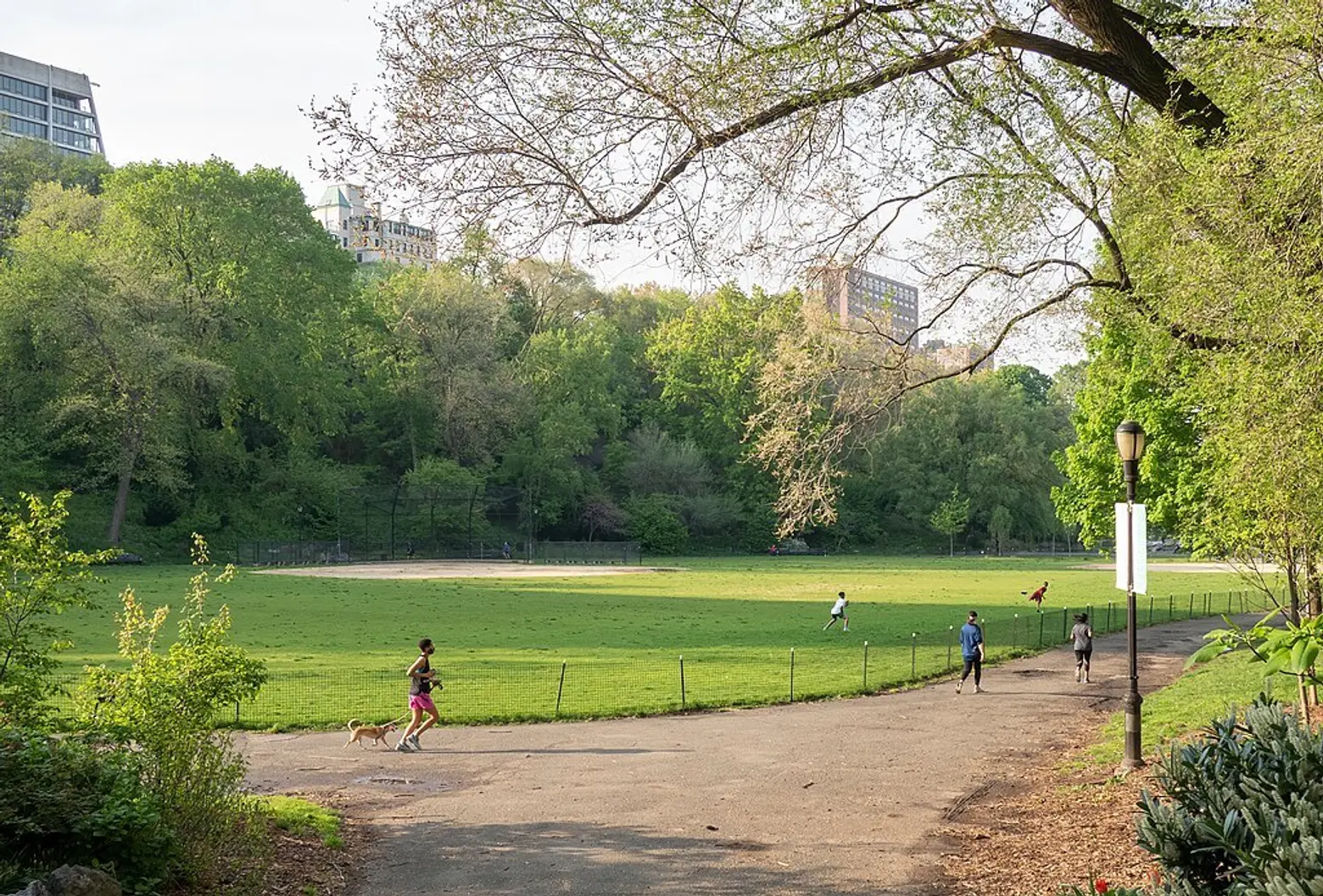
Photo by Rhododendrites on Flickr
Parks and public places to gather
Morningside Park
Built on a steep incline, Morningside Park, the verdant 13-block stretch dividing the neighborhoods of Harlem and Morningside Heights, offers dramatic landscaping with the coveted amenities of a community park. Several playgrounds are tucked at the bottom of a soaring hillside whose pinnacle offers a great view. On Saturdays, you’ll find a farmers market. The park is perfect for strolling, jogging, bike rides, dog runs and walking tours on any day.
One highlight is a “secret” waterfall near 113th Street across from the park’s baseball fields: After controversial 1963 plans for a gym were scrapped, the abandoned gym site was converted into a pond with a dramatic, 20-foot-high waterfall.
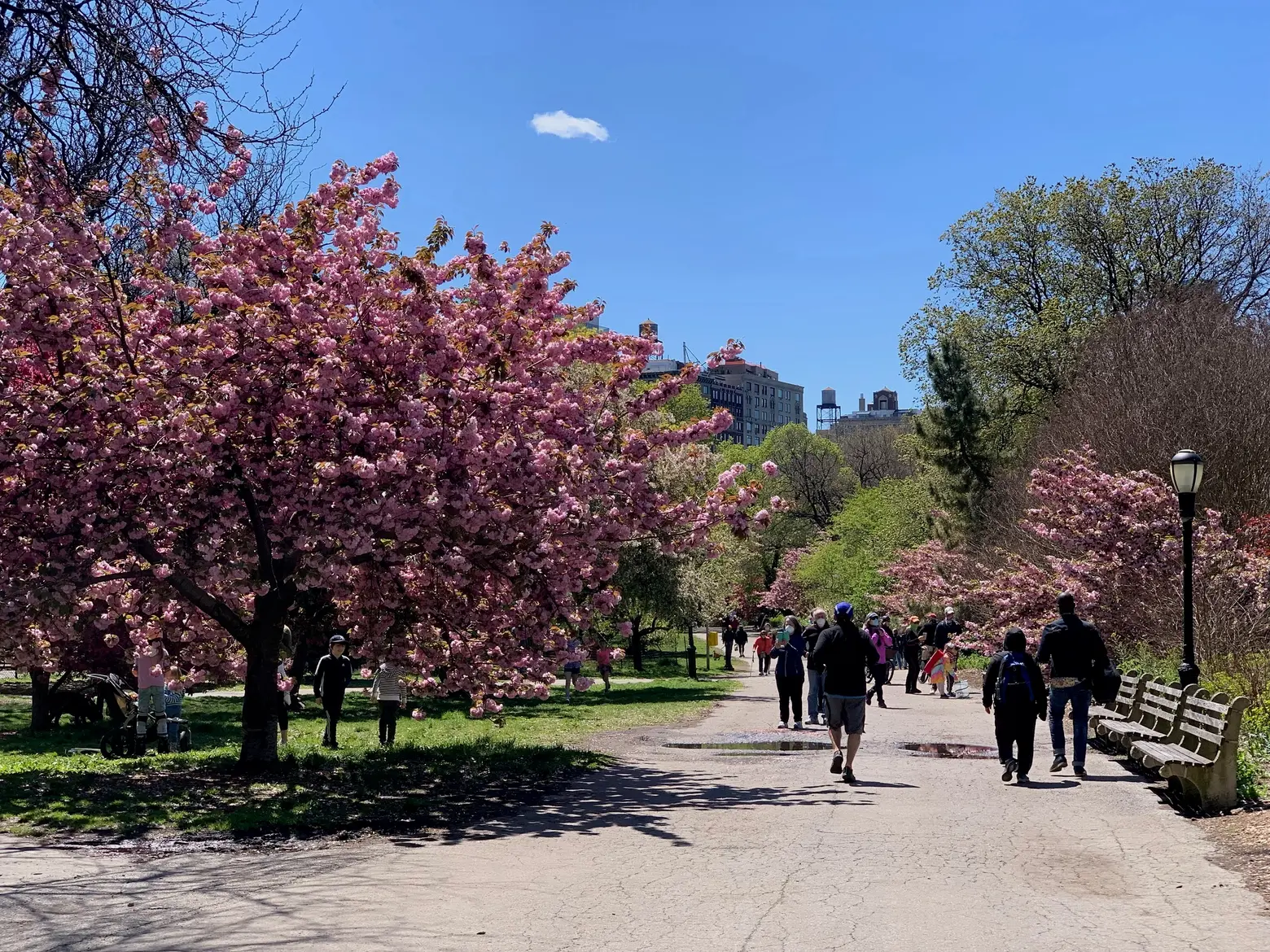 Photo © Dana Schulz/6sqft
Photo © Dana Schulz/6sqft
Riverside Park
Stretching four miles from 72nd to 158th streets along the Hudson River, Riverside Park is a designated scenic landmark and is known as Manhattan’s top waterfront park. Since 1875, the landscapes of Frederick Law Olmsted have included rocky cliffs and verdant lawns. 134 acres have been added to the park, along with twenty-two modern recreational facilities including sports courts and fields, a skate park, a large portion of the Manhattan Waterfront Greenway (for bicycles), and a 110-slip public marina at 79th street.
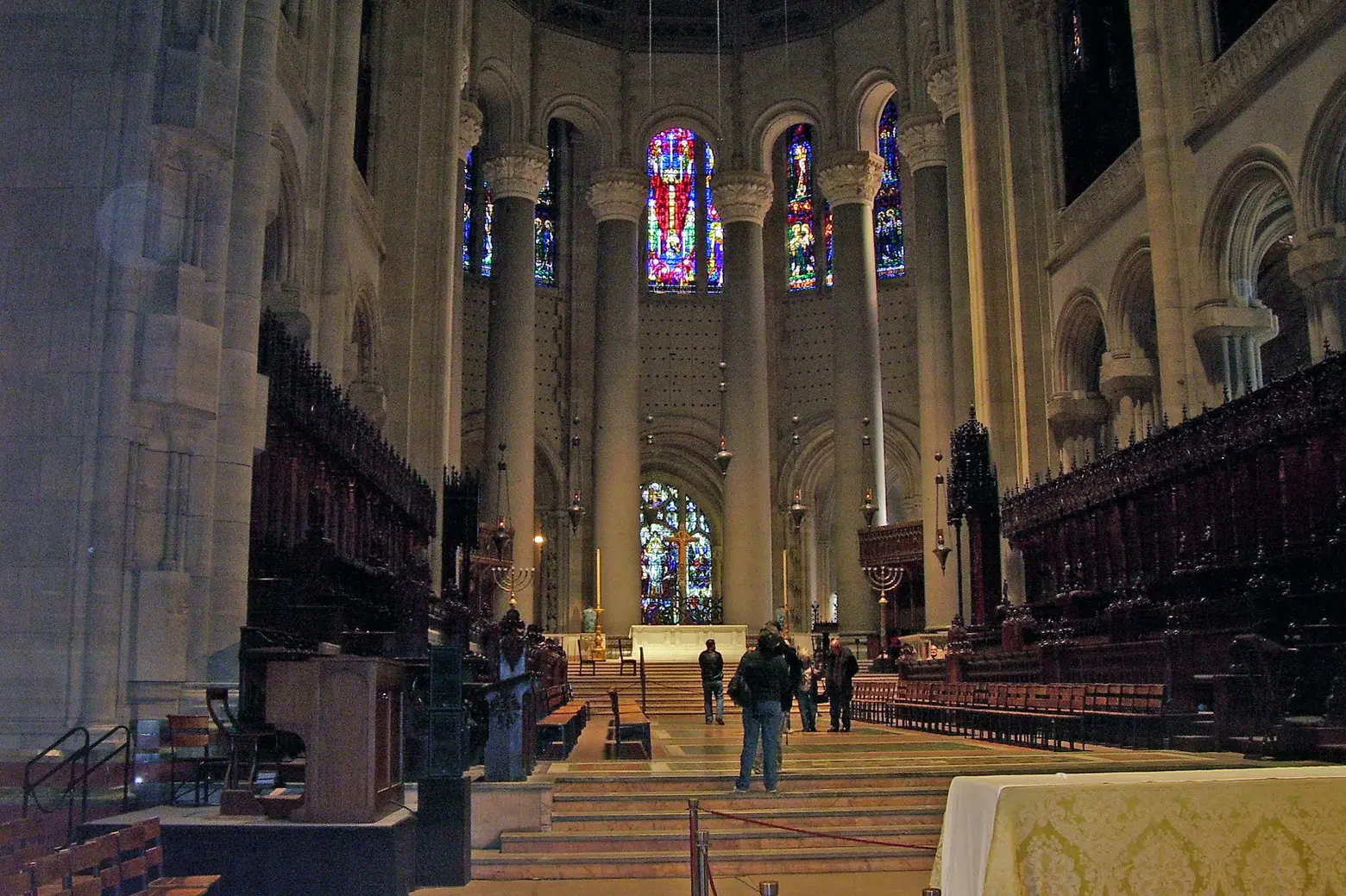
Photo: André Natta via Flickr
Notable neighborhood highlights
The Cathedral of St John the Divine
On Amsterdam Avenue between 110th and 113th Streets, you’ll find the world’s largest cathedral–and an upper Manhattan must-see. History-wise, as one of several city and national landmarks in Morningside Heights, this imposing Gothic structure (and its six-building cathedral close) is by far the most significant. Officially chartered in 1878, the daunting project was not even near to being complete until 1925; World War II halted work, and nothing was added to the famously still-unfinished (but fully functional) cathedral–save some restoration work–Since then.
The cathedral is just as important to the neighborhood as a cultural anchor, offering over 30 services a week and a soup kitchen that serves over 25,000. It is also the site of many neighborhood events such as concerts, demonstrations, and discussions as well as events like the Blessing of the Bikes and Blessing of the Animals.
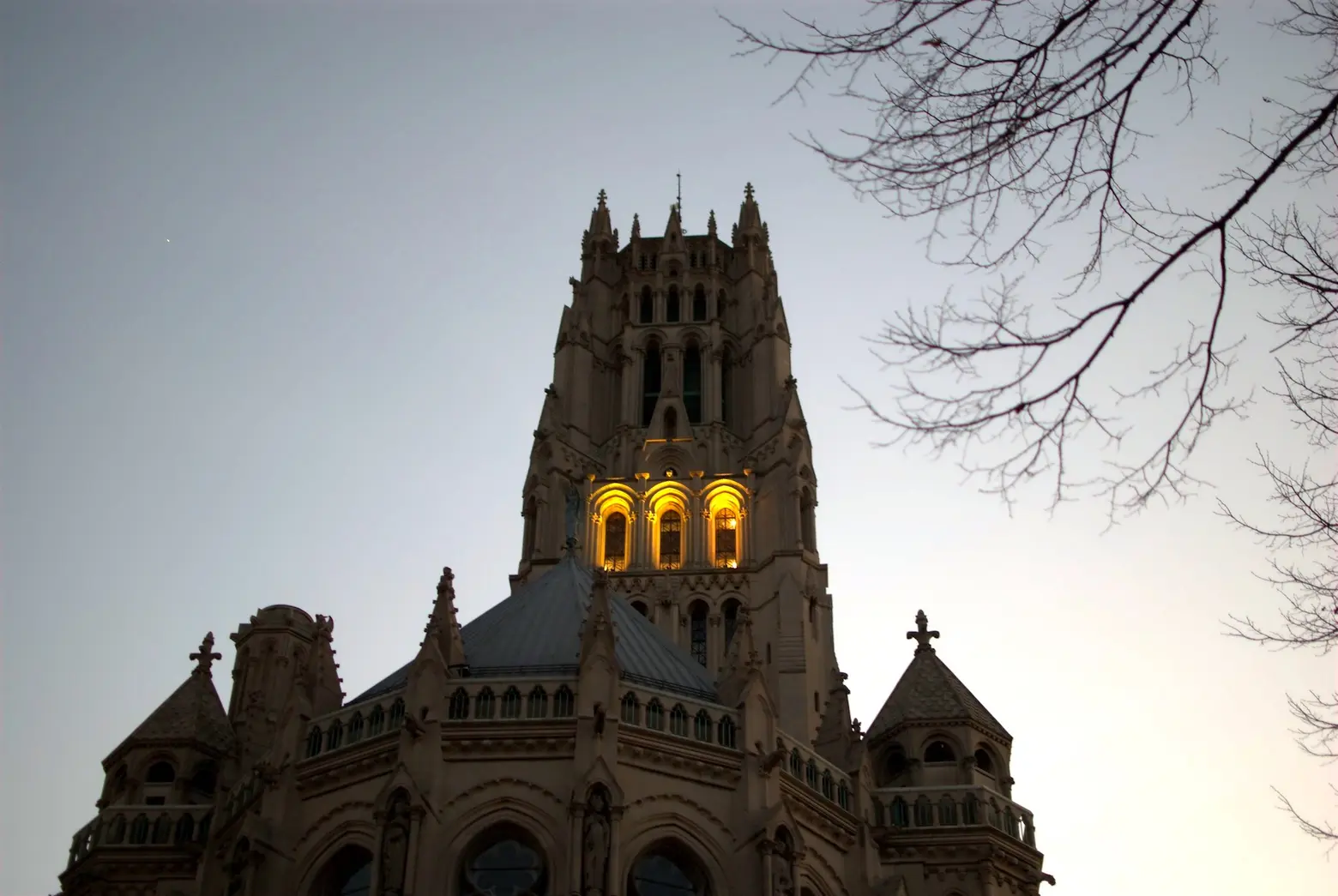 Photo by Joseph Bylund on Flickr
Photo by Joseph Bylund on Flickr
Riverside Church
The impressive Gothic-style cathedral is home to the 74-bell Laura Spelman Rockefeller Memorial Carillon, which includes a 40,000-pound Bourdon bell, the largest tuned bell in the world. The tower closed to the public almost two decades ago following 9/11 but has since reopened for public tours. In addition to its stunning architecture, Riverside Church is known for its interdenominational services and dedication to social justice causes.
The Jewish Theological Seminary
In addition to being a preeminent institution of Jewish higher education, JTS has the largest collection of Hebrew manuscripts in the world, and its library offers access to the greatest collection of Judaica in the Western Hemisphere. The campus was recently redesigned by Tod Williams Billie Tsien Architects with a new courtyard and garden designed by MNLA.
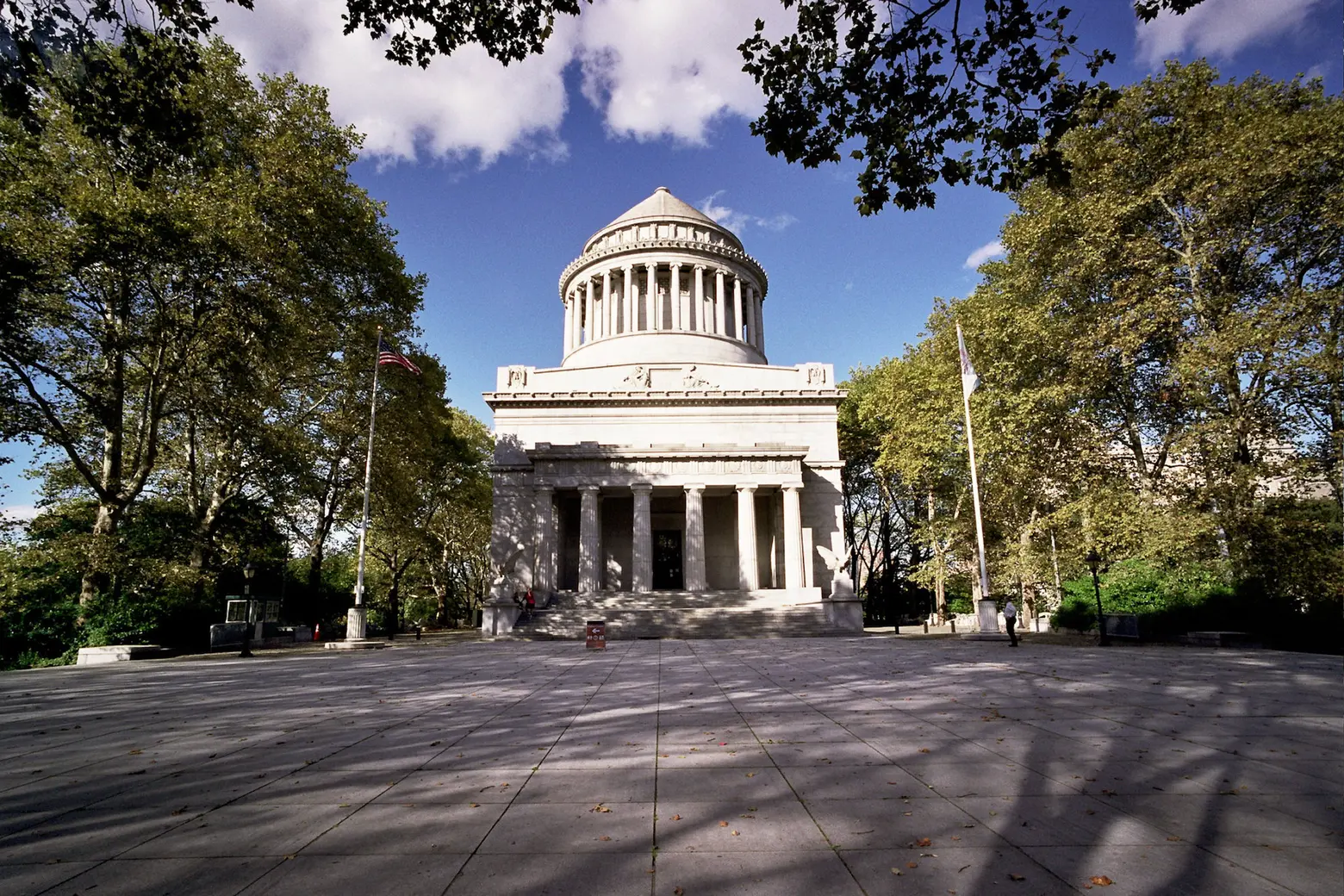 Photo by Charley Lhasa on Flickr
Photo by Charley Lhasa on Flickr
General Grant National Memorial
Along the Hudson River, Grant’s Tomb is North America’s largest mausoleum. History buffs will want to visit on Presidents’ Day for a historical re-enactment, with actors playing U.S. President Ulysses S. Grant and First Lady Julia D. Grant, who greet and take photos with guests in the memorial, followed by a reading of President Grant’s 1870 State of the Union Address.
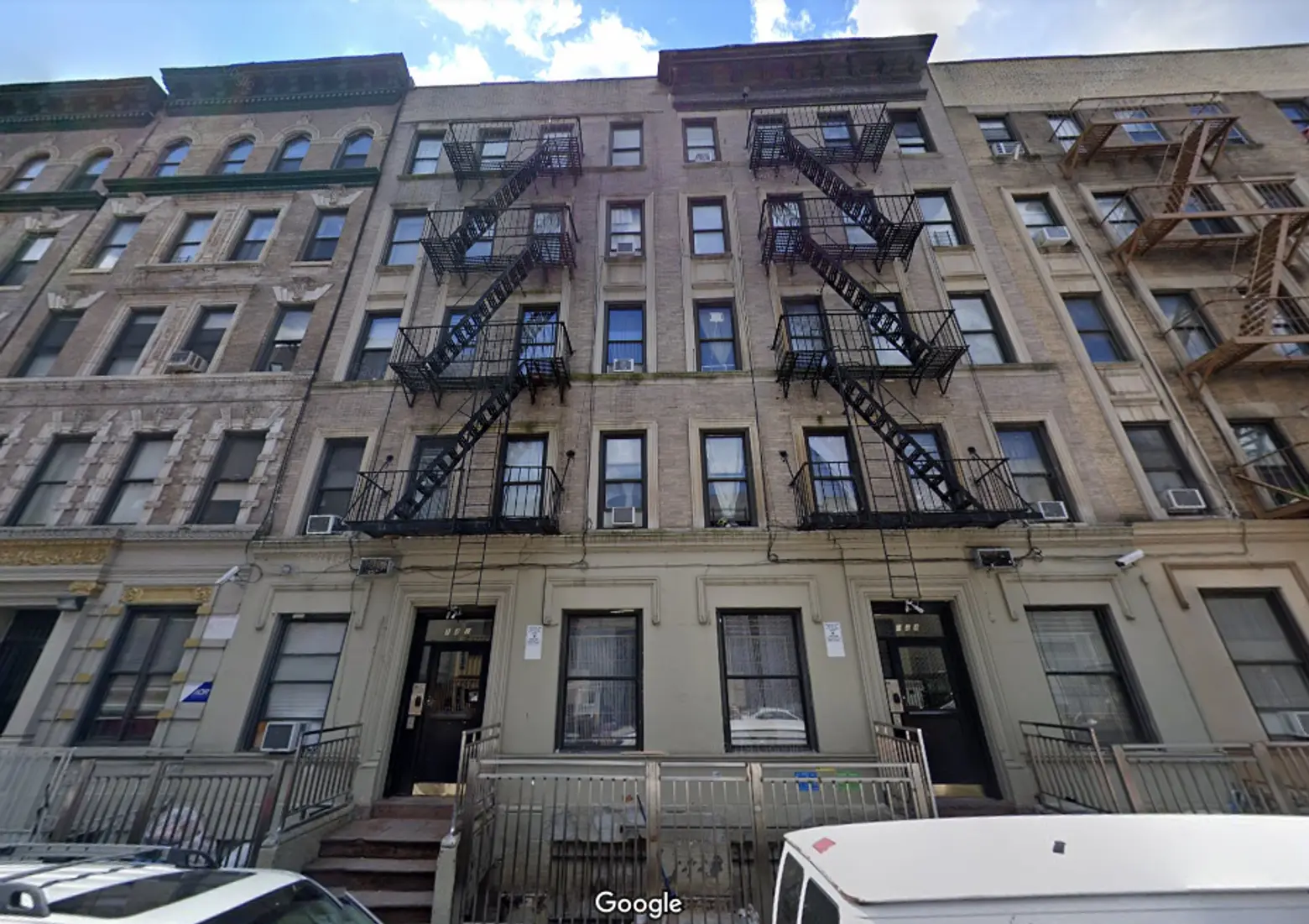 Barack Obama’s student apartment at 142 West 109th Street. Data © 2020 Google
Barack Obama’s student apartment at 142 West 109th Street. Data © 2020 Google
President Barack Obama’s student apartment
The apartment where President Obama lived when he was a struggling Columbia University student occasionally pops up on the rental market (it was last seen for $2,495 a month). The two-bedroom prewar apartment at 142 West 109th Street has exposed brick, high ceilings, a walk-in closet, and, of course, a bit of presidential cachet.
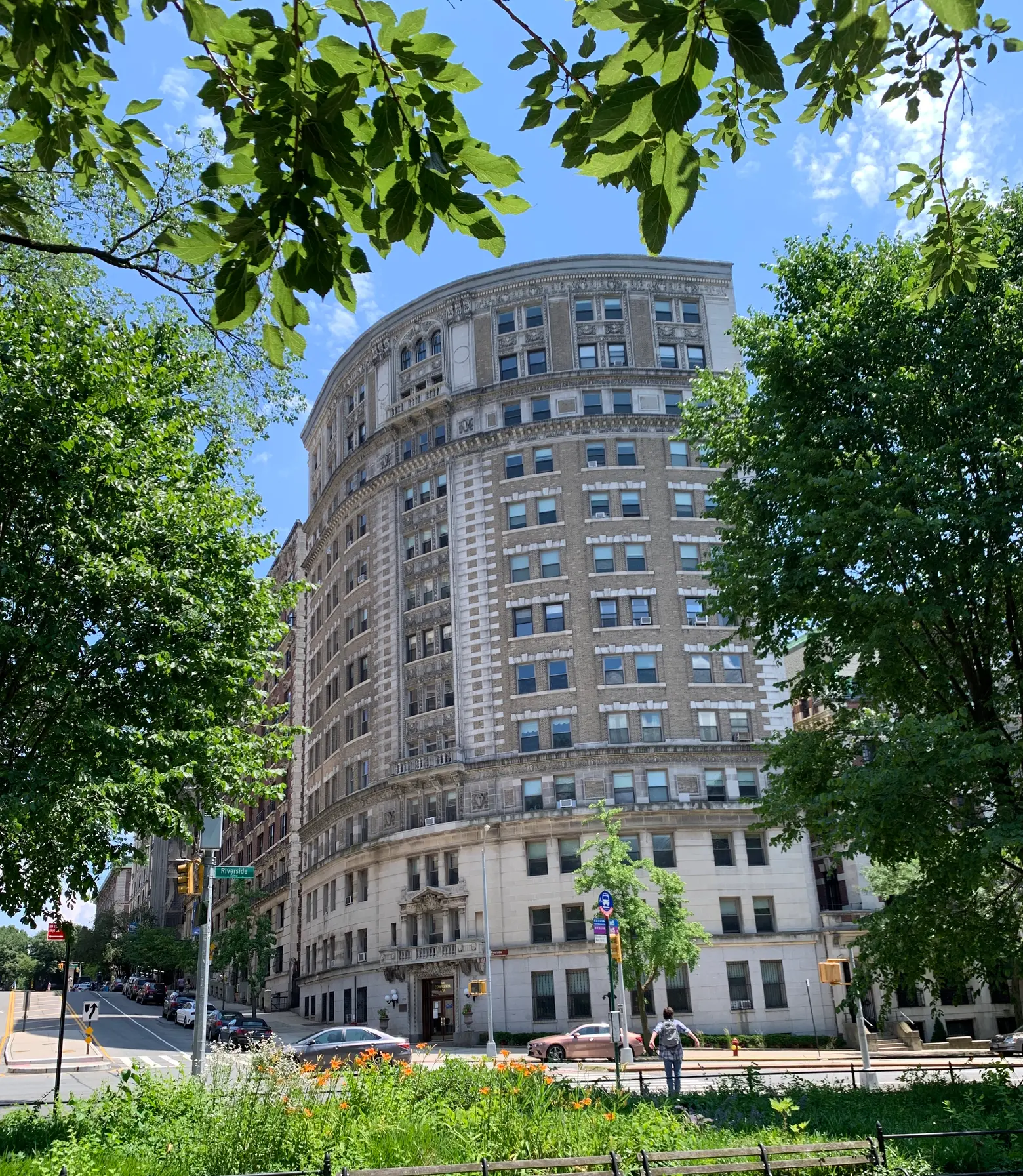
The Colosseum at 435 Riverside Drive (cropped); Photo by Deans Charbal on Wikimedia
Where to live
Many of the stately pre-war apartments and townhouses in Morningside Heights were built in the early 20th century for the city’s growing middle class. Some notable buildings include the curved Colosseum apartment on Riverside Drive and 116th Street, now owned by Columbia University and the Hendrick Hudson apartments that in their heyday came with a cafe, barber shop, and billiard room. The New York Times described the 1907 Tuscan-style residence as “luxuriously modern” for the time. In 2017, part of Morningside Heights was protected as part of the Morningside Heights Historic District.
The setting of the elegant prewar residence owned by the Maisel family in the Amazon Prime hit “The Marvelous Mrs. Maisel” is located at 404 Riverside Drive. A one-bedroom co-op here was recently listed for $1.8 million.
By the 2010s, new developments were being constructed within the property of several of the neighborhood’s most notable historic institutions. A pair of residential buildings have risen on the cathedral close of St. John the Divine at 400 West 113th Street, part of the old St. Luke’s Hospital has been converted into apartments at 30 Morningside Drive, and the Union and Jewish Theological Seminaries have sold the rights to build apartments on their campuses, giving rise to Claremont Hall, the neighborhood’s tallest building. Despite the addition of new luxury to complement the old, the neighborhood has retained a reputation for being relatively affordable.
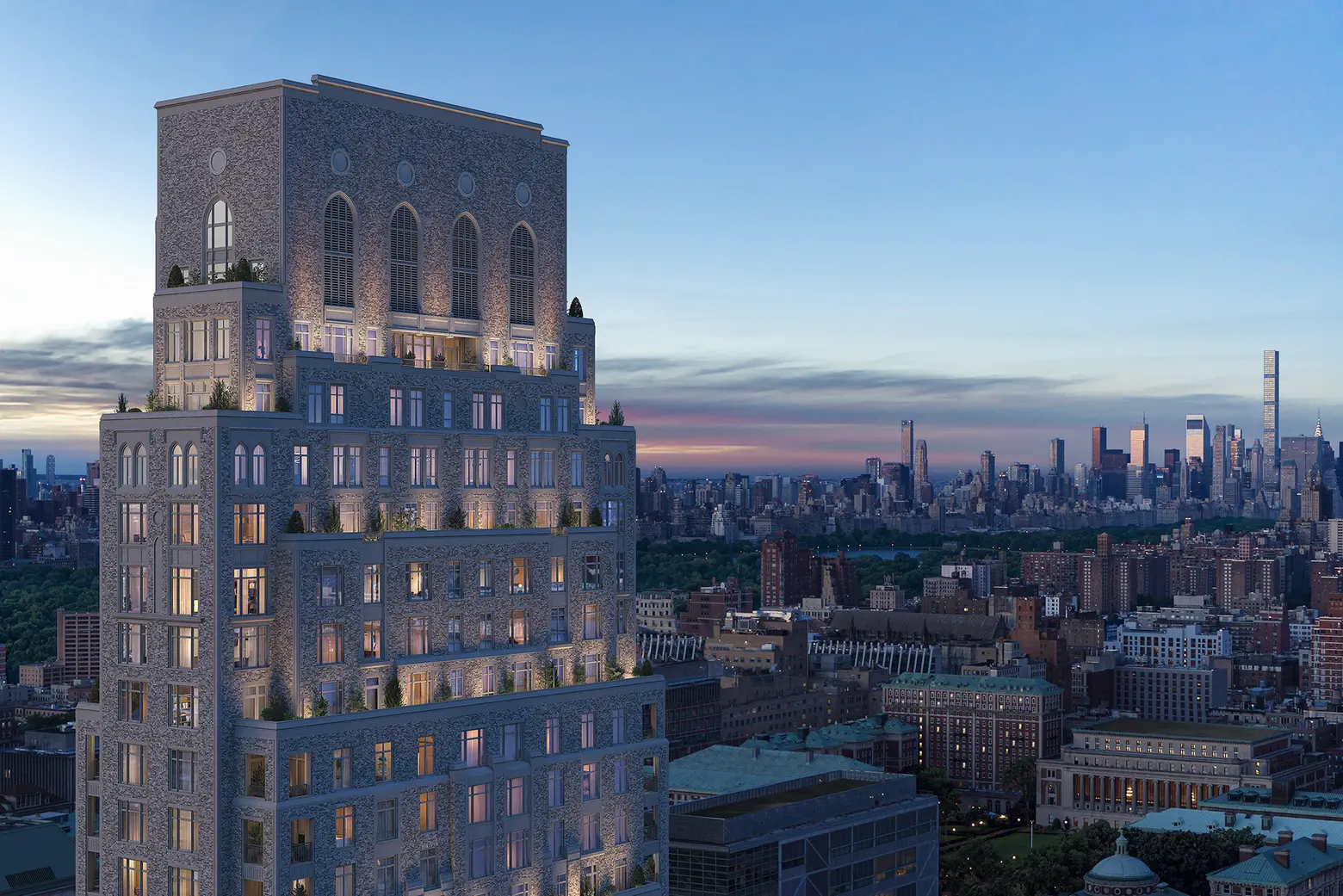 Rendering courtesy of Binyan Studios
Rendering courtesy of Binyan Studios
Claremont Hall, 100 Claremont Avenue
Rising 41 stories from the Union Theological Seminary campus, the Claremont Hall luxury condominium tower has taken its place as a new landmark on Manhattan’s West Side. Celebrated residential architect Robert A.M. Stern’s interpretation of gothic architecture combines expansive park, city, and river views, with modern condominium residences finding a place within a historic location.
Within the neighborhood’s tallest tower are 165 one- to four-bedroom condos, with classrooms, academic offices, and faculty-designated apartments for Union Theological Seminary below. Apartments feature high ceilings, oversized windows, European white oak flooring, and state-of-the-art open kitchens along with the aforementioned views.
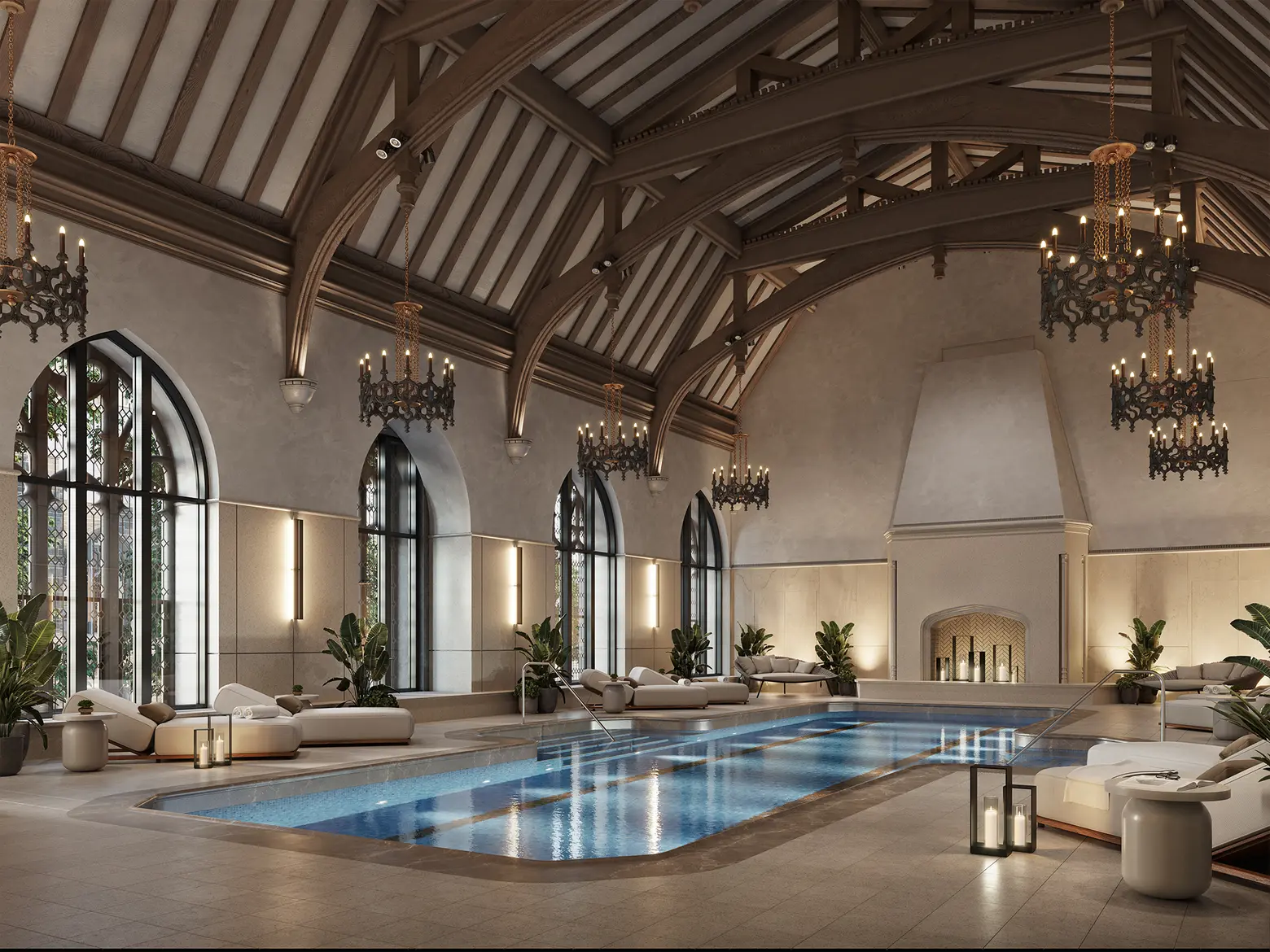
Rendering courtesy of Binyan Studios
Amenities include a luxurious lobby, a walnut-paneled library, a residents’ dining room, a children’s playroom, a creative maker’s room, a fitness center, and a residents’ lounge with a terrace. The former seminary refectory has been transformed into a unique indoor pool beneath Gothic-beamed ceilings and original chandeliers.
Sales prices for units in Claremont Hall are currently an average of $2,017 per square foot. Available apartments range from a one-bedroom for $1,050,000 to a high-floor four-bedroom unit listed at $6,750,000. A penthouse at Claremont Hall recently sold for $10 million, marking a record for the neighborhood. Penthouse 41 is a four-bedroom, four-and-a-half-bath home with stunning city, park, and river views.
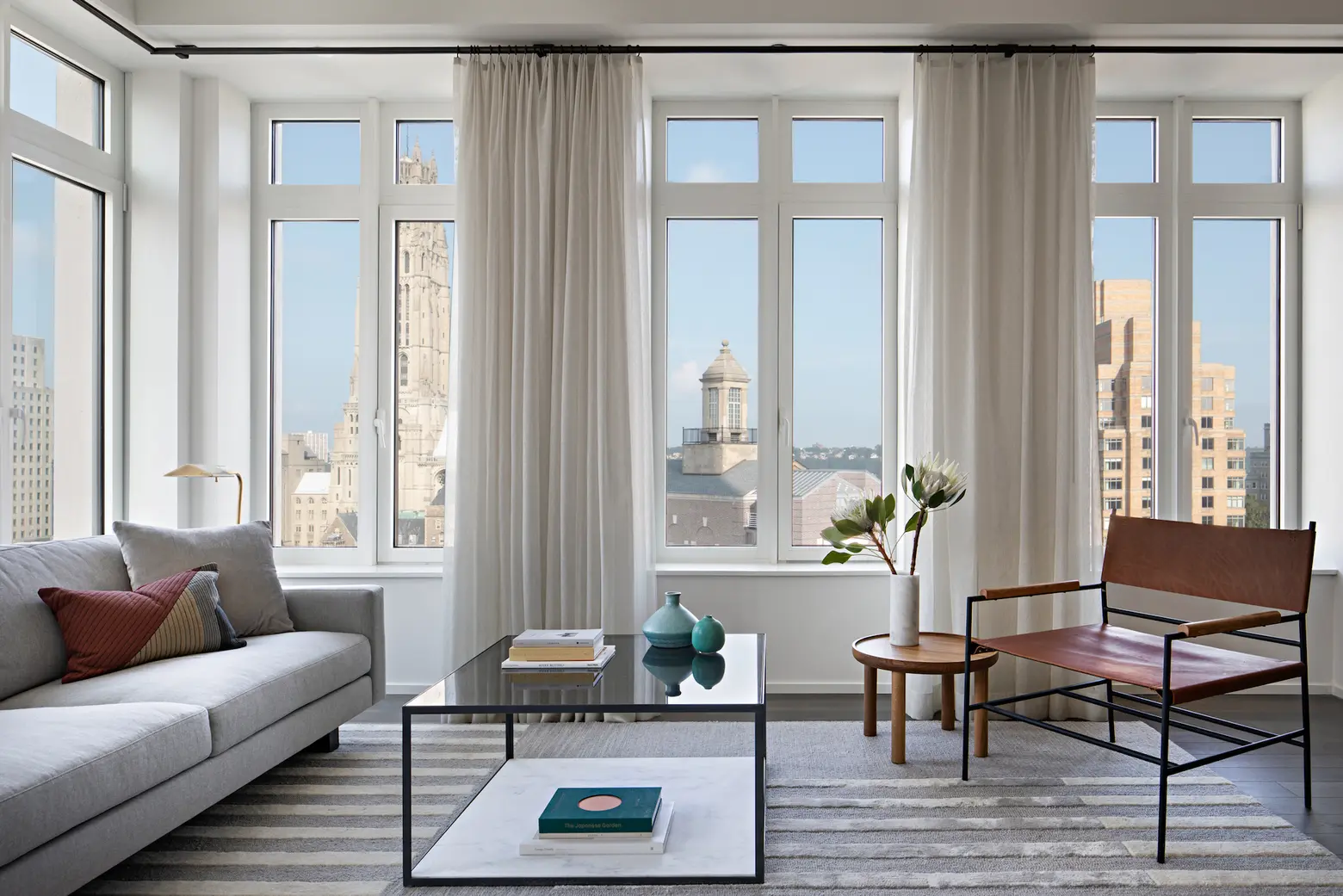
Photo credit: Eric Petschek
Vandewater, 543 West 122nd Street
Vandewater’s lofty 33-story height means unobstructed views of Central Park, the George Washington Bridge, the Hudson River, and the Lower Manhattan skyline. As with many of the neighborhood’s newest crop of towers, the building’s design, executed by Incorporated Architecture and Design, is a modern interpretation of its Gothic neighbors.
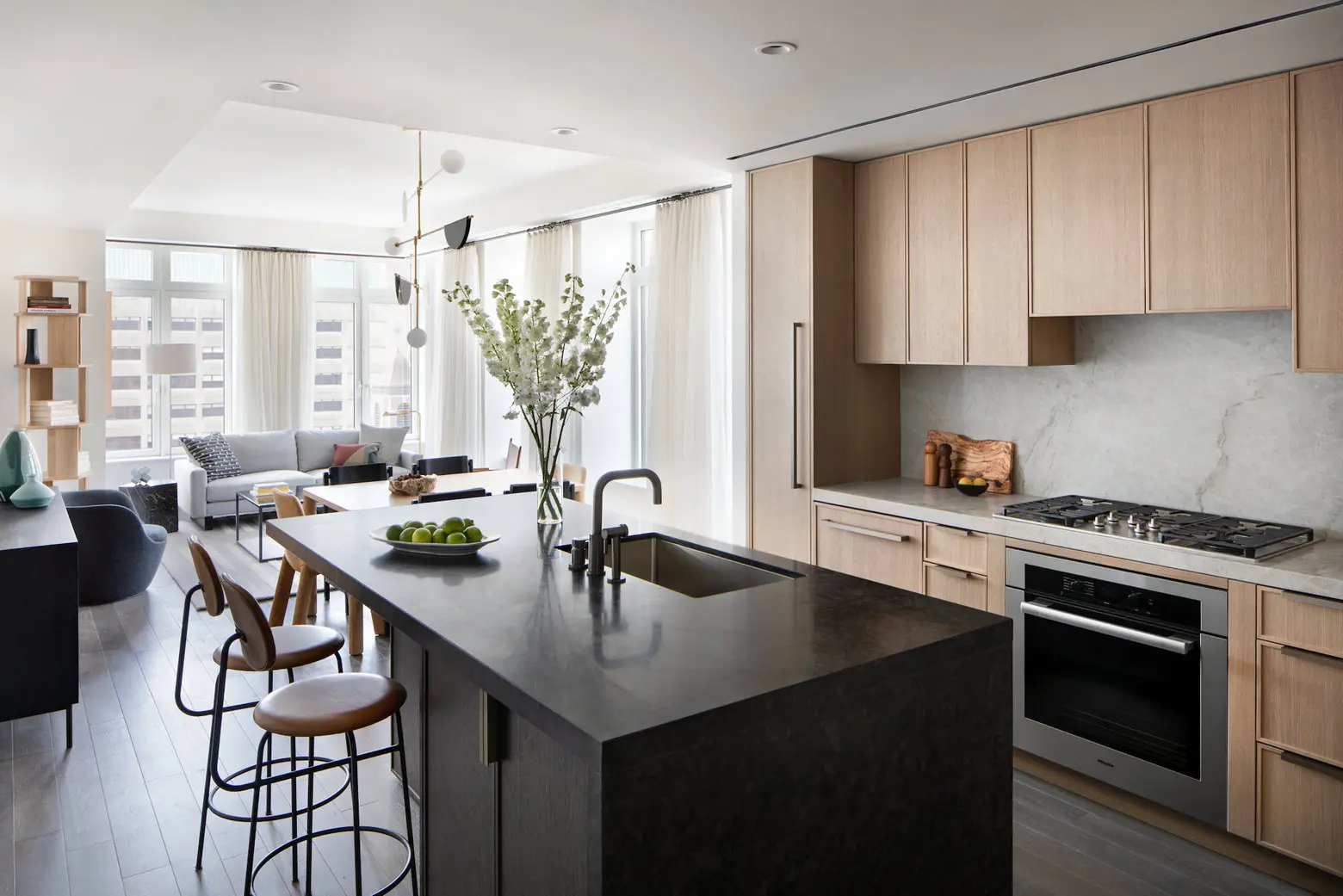
Photo credit: Eric Petschek
Luxury is another hallmark of the neighborhood’s new additions, and this one is no exception. 24,000 square feet of amenity space over three stories includes an attended double-height lobby with concierge service, a state-of-the-art fitness center with a yoga room, a 70-foot lap pool, a practice room, study rooms, a children’s playroom, a teen lounge, a pet spa, a club/media room with a large TV, an outdoor dining area with grilling stations, and elegant gardens.
The average sales price at 543 West 122nd Street is $1,884 per square foot. Available homes include a one-bedroom unit for $1,190,000 all the way up to a $4.4 million three-bedroom penthouse.
300 West 122nd Street
This 13-story, 127-unit condominium building features open-concept interior layouts designed by Paris Forino, state-of-the-art kitchens, and private balconies.
Situated just a short walk from Central Park, the building offers an impressive list of amenities including a 24-hour attended lobby, a fitness center with a pool, a residents’ lounge with a demo kitchen, a children’s playroom, a landscaped courtyard, a bike room, storage space, and valet parking.
Apartments currently available include a one-bedroom unit for $795,000 and the building’s only four-bedroom unit, asking $2.85 million. The average sales price is $1,286 per square foot.
RELATED:
- Your guide to Nomad: A new chapter for a historic Manhattan neighborhood
- Your guide to Carnegie Hill, the essence of history and culture on the Upper East Side
- Your guide to the Financial District, NYC’s oldest new downtown neighborhood
- The ultimate guide to Dumbo, a neighborhood that led the way to Brooklyn’s 21st century
Get Insider Updates with Our Newsletter!
Leave a reply
Your email address will not be published.
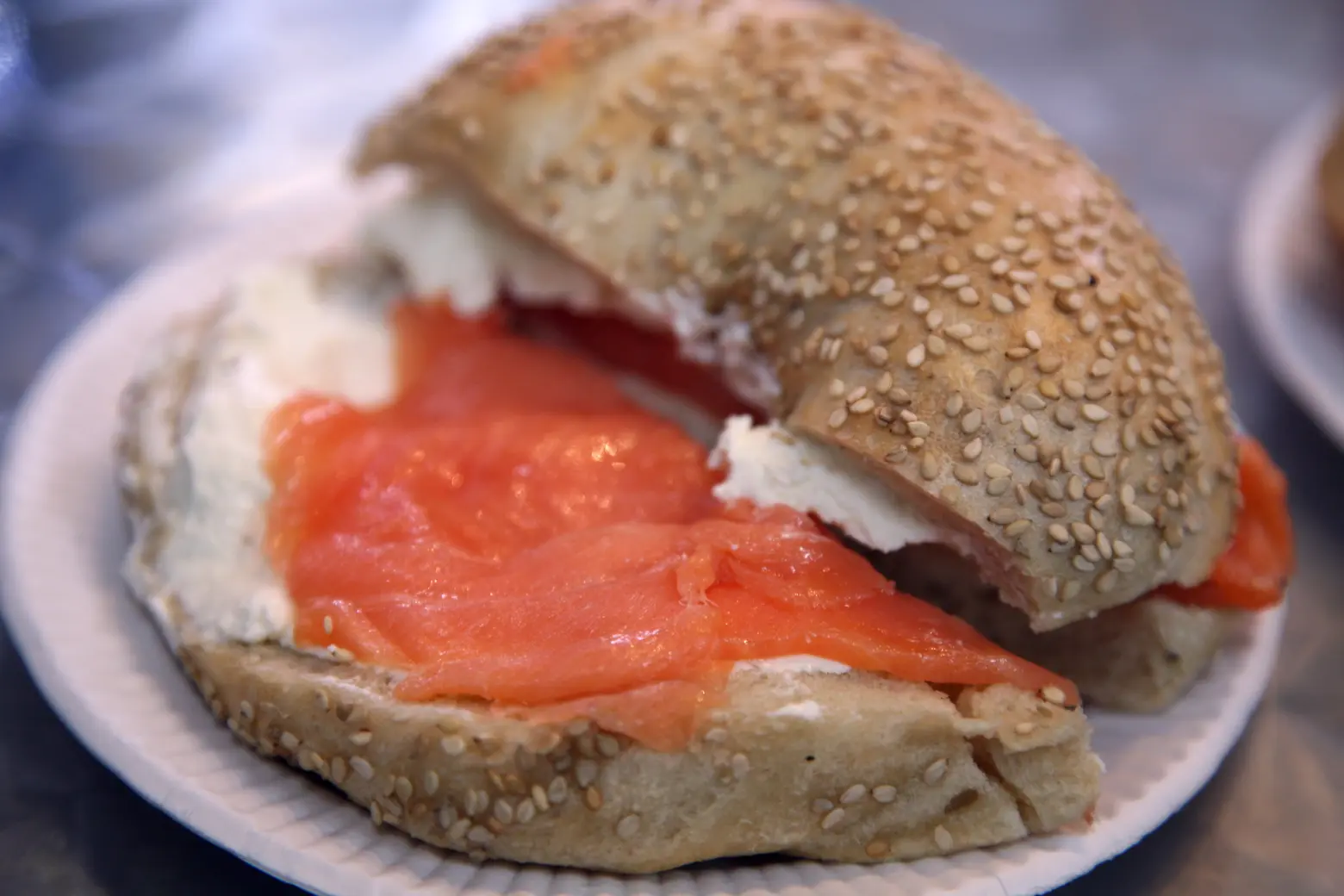 Photo:
Photo: 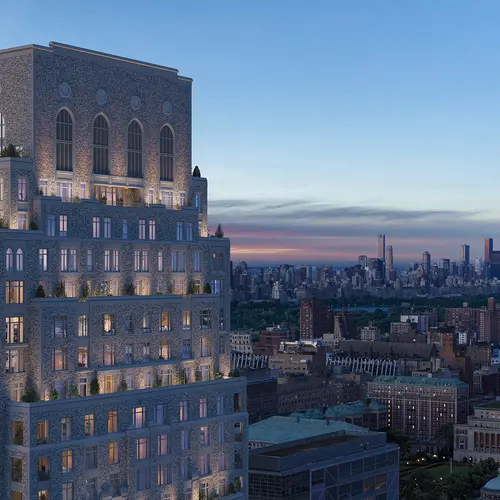
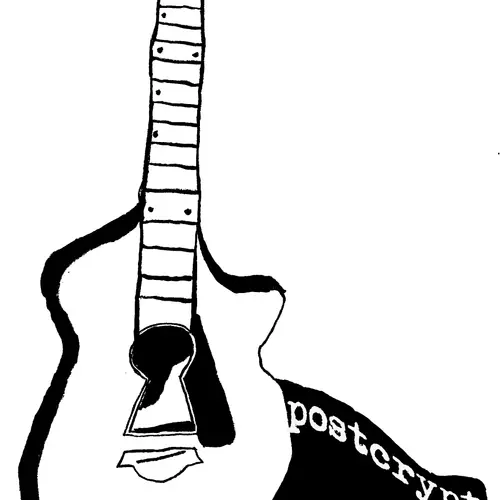
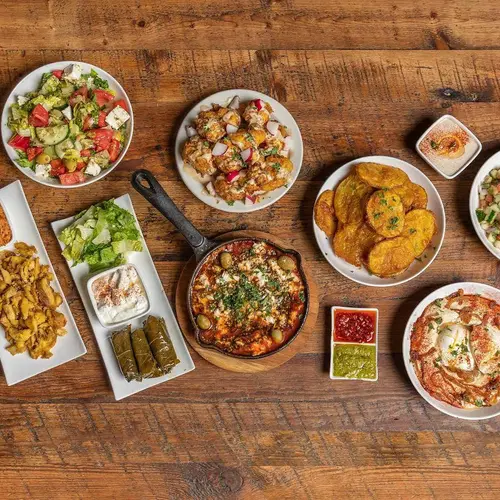
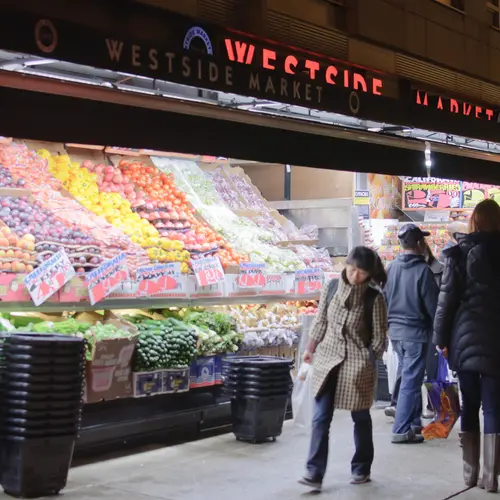
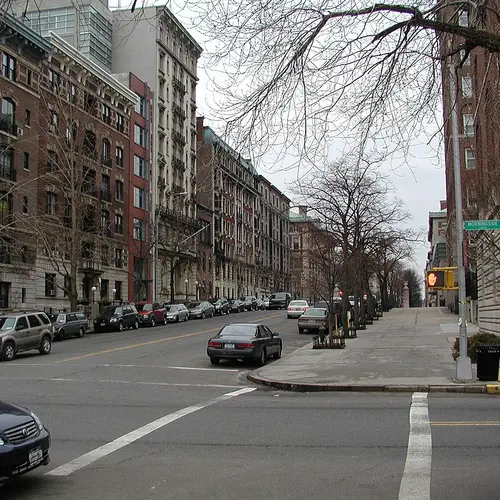
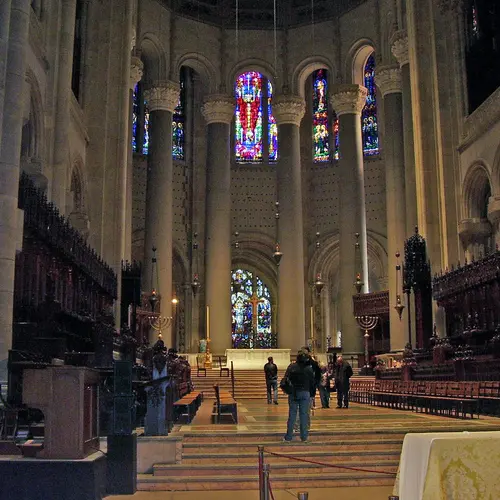
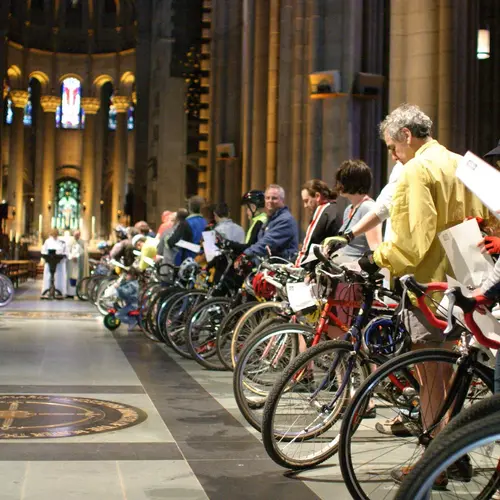
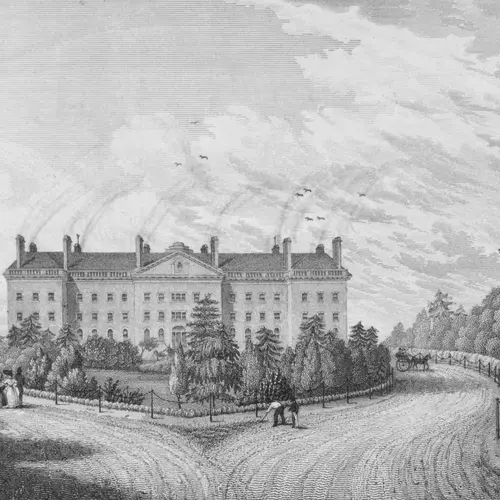
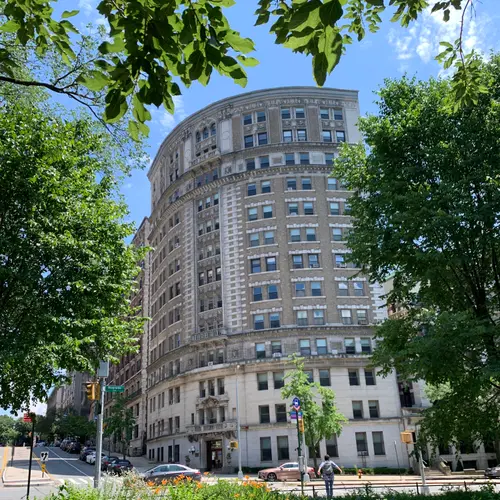
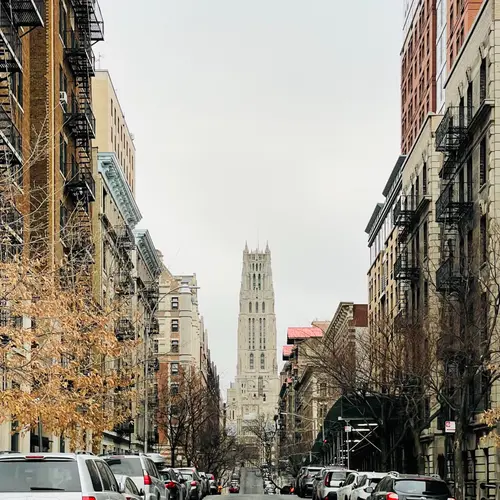
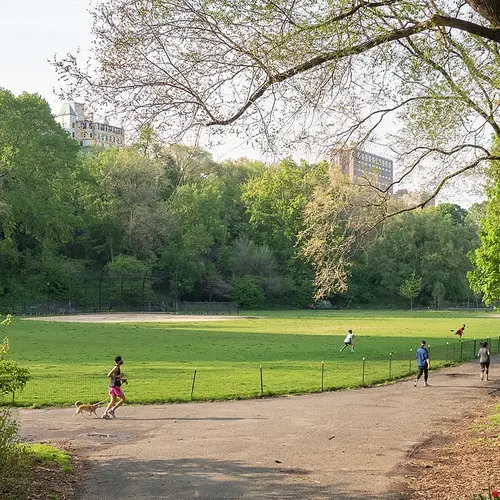
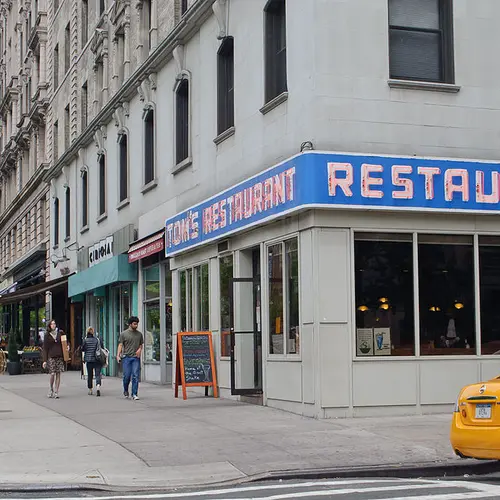
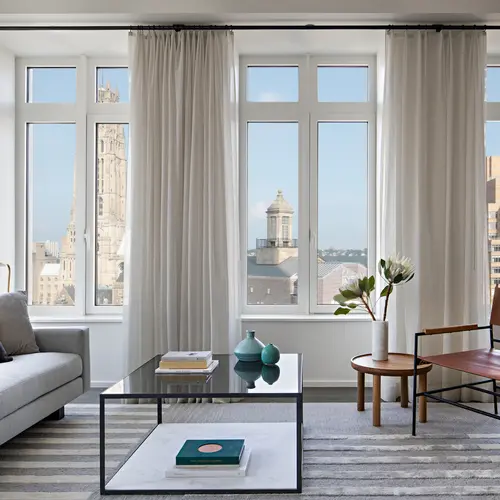
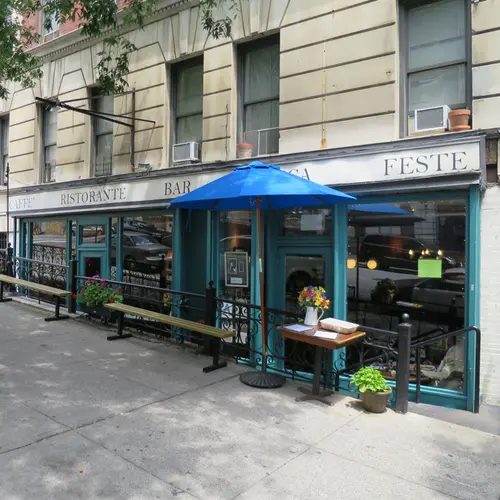
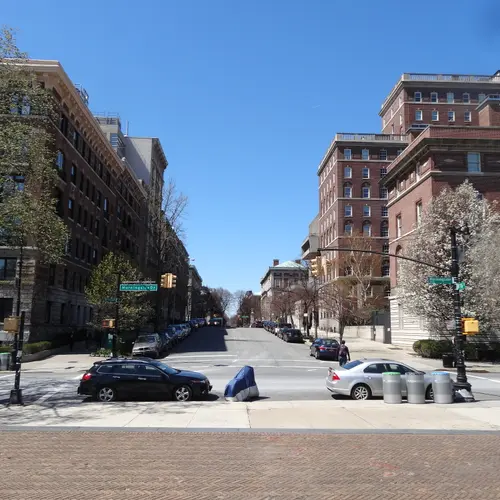
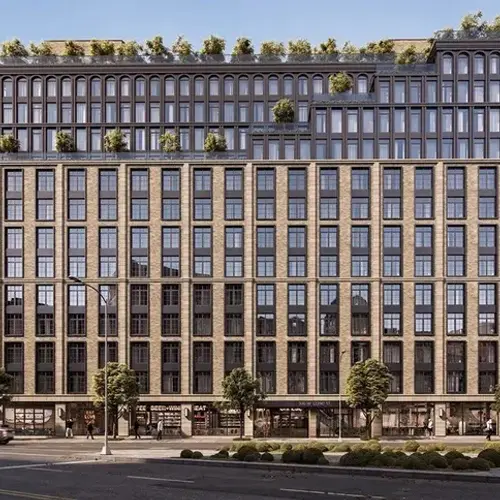
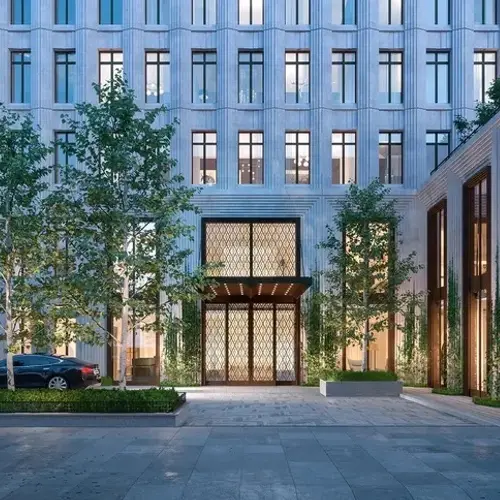
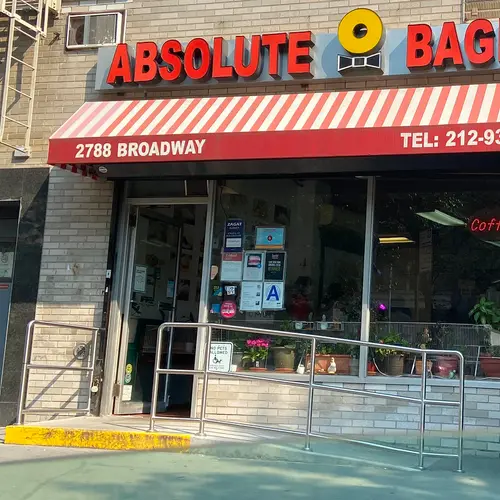
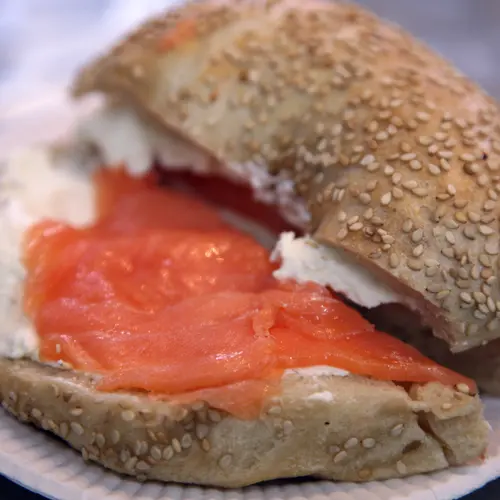
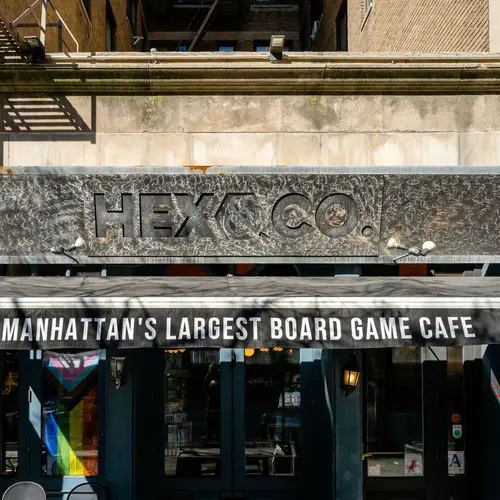
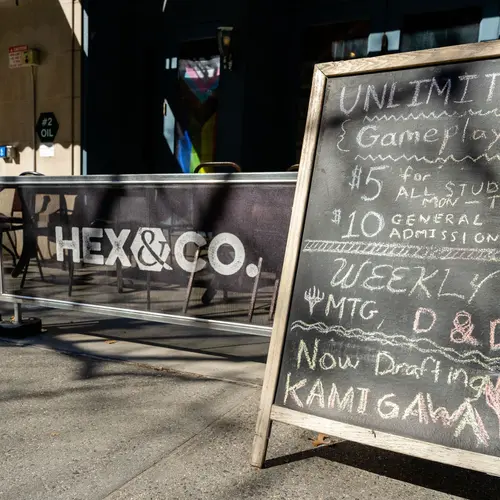
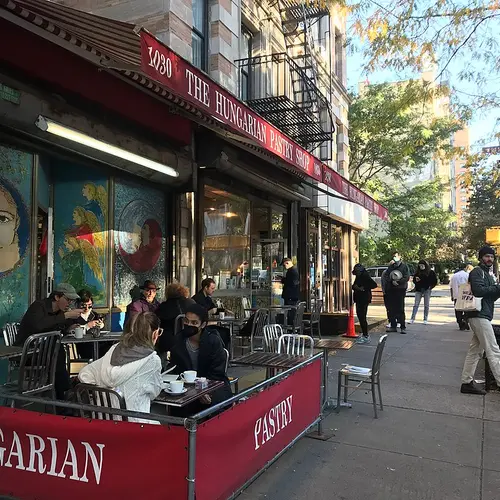
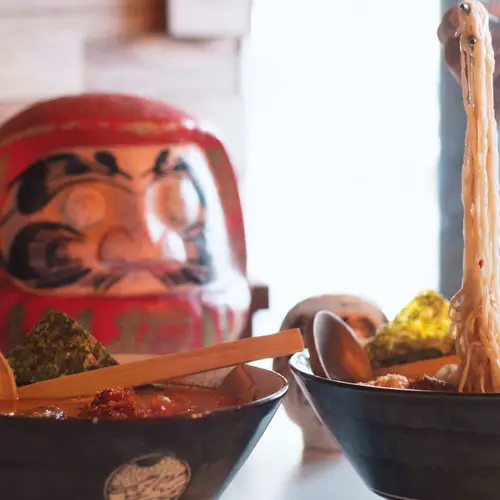
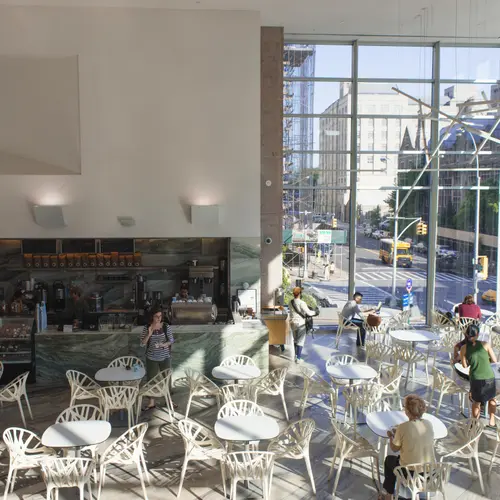
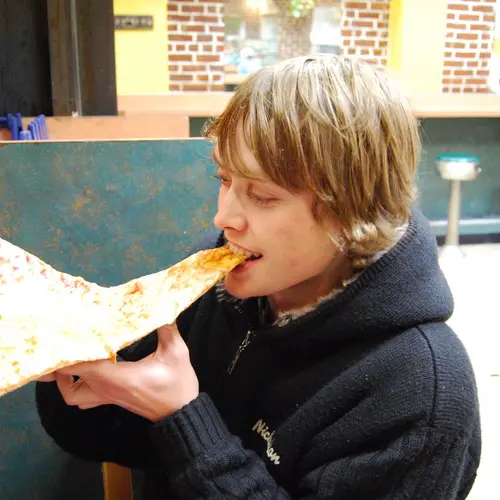
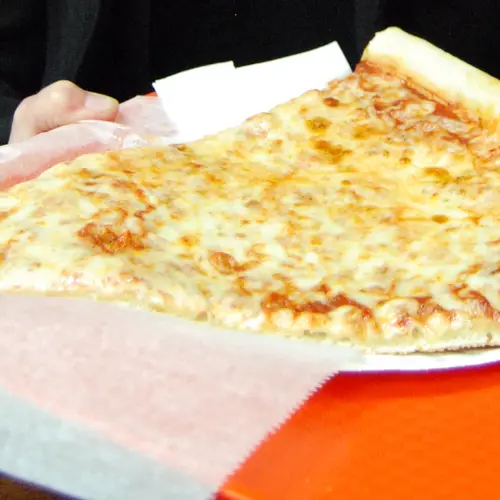
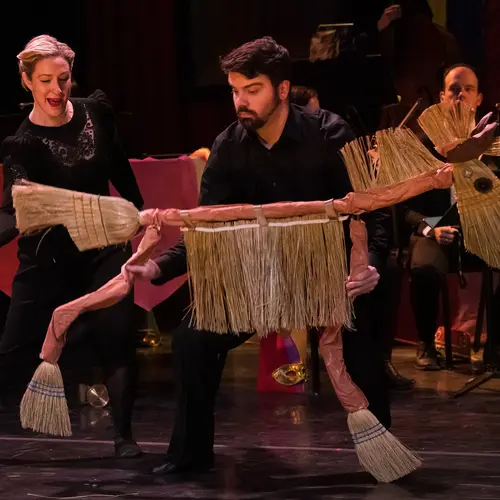
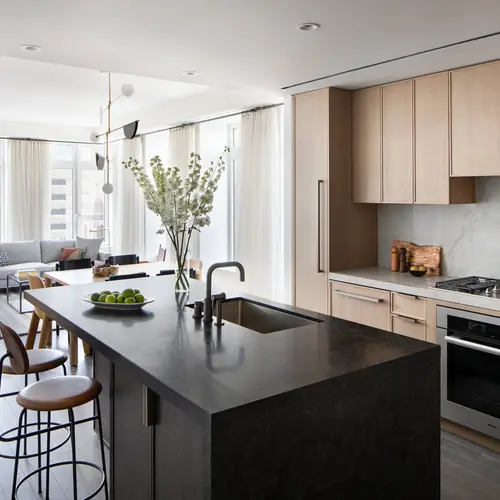
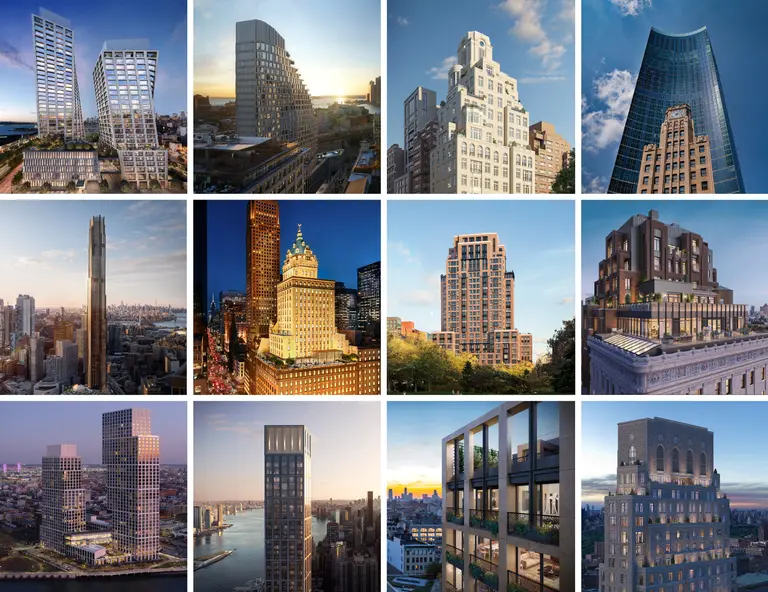

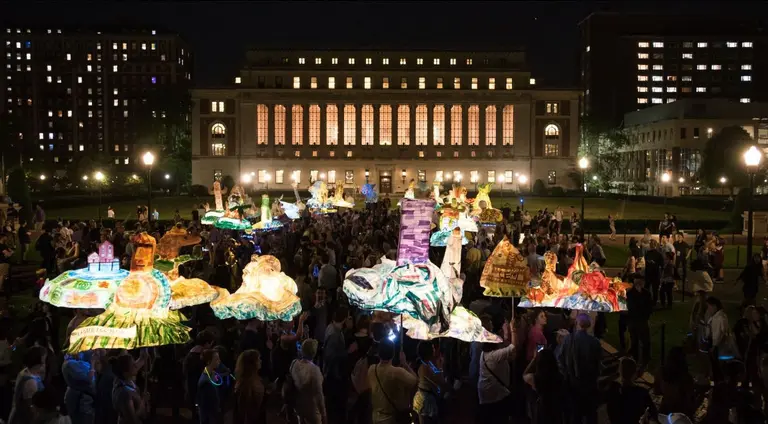
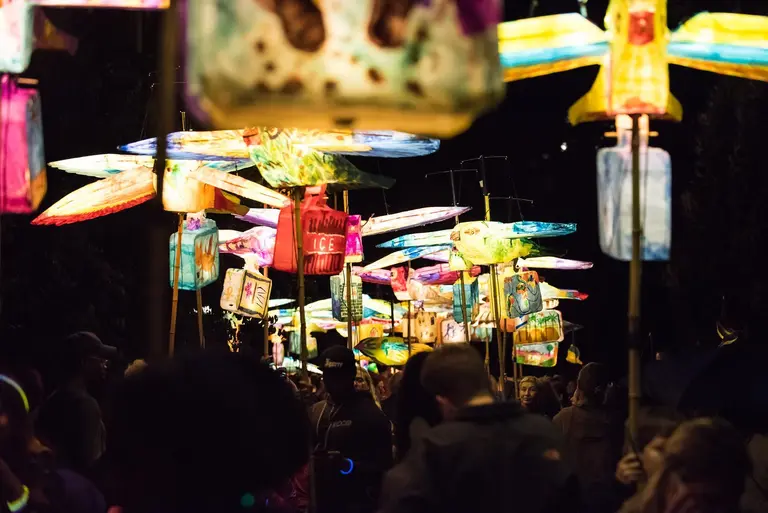
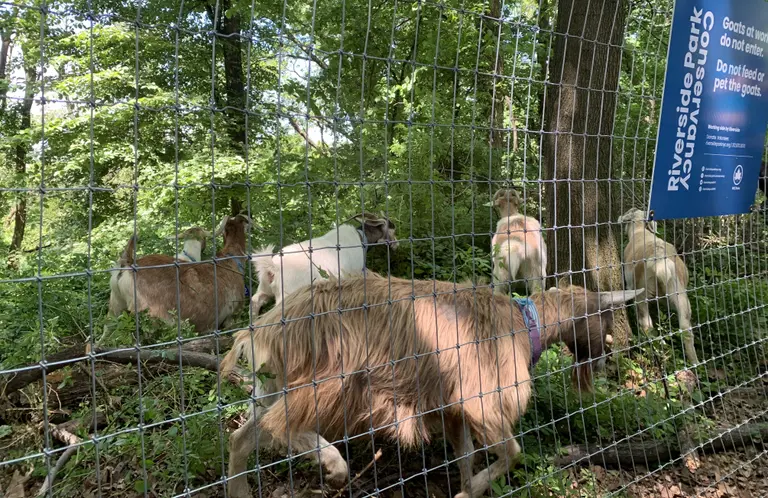
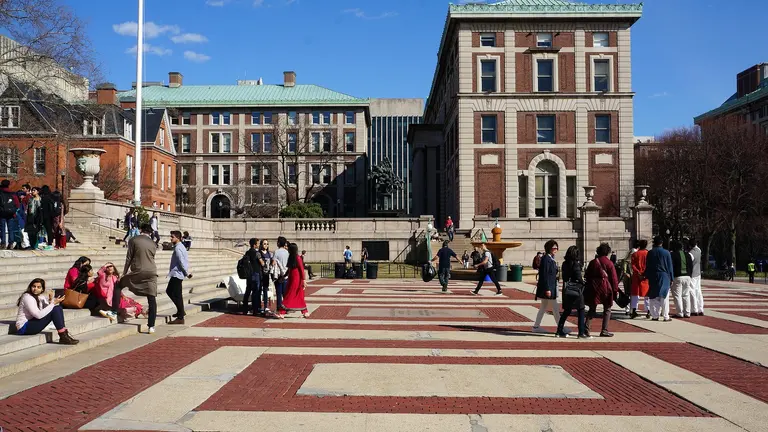





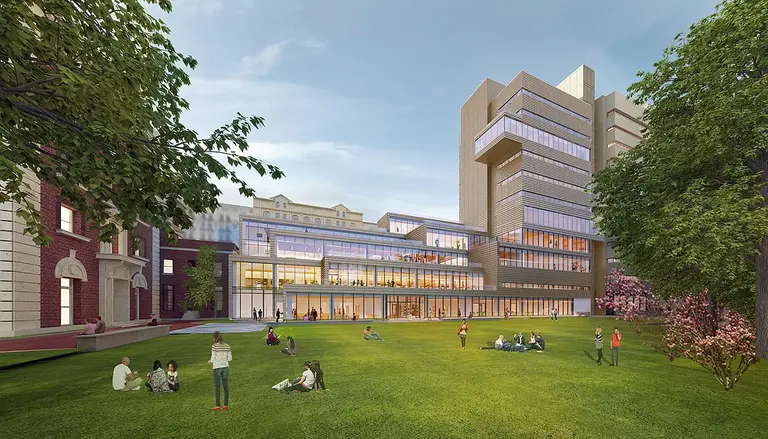
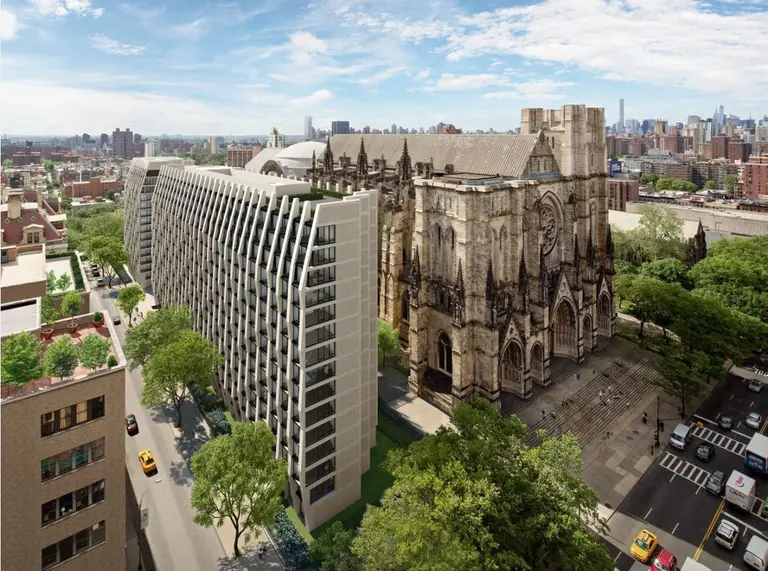
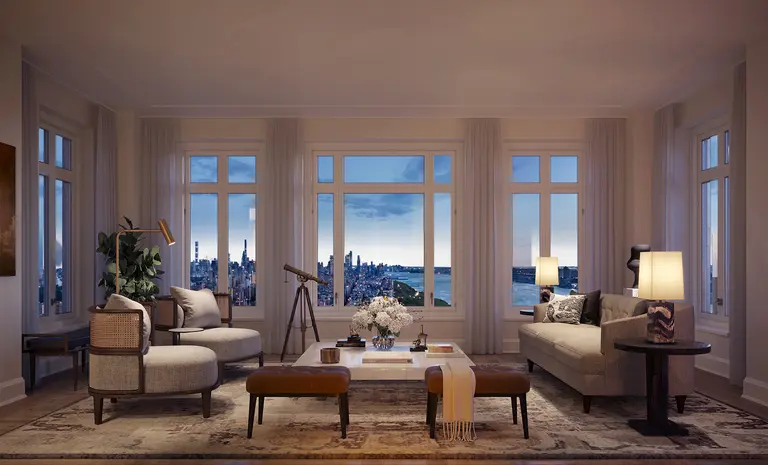

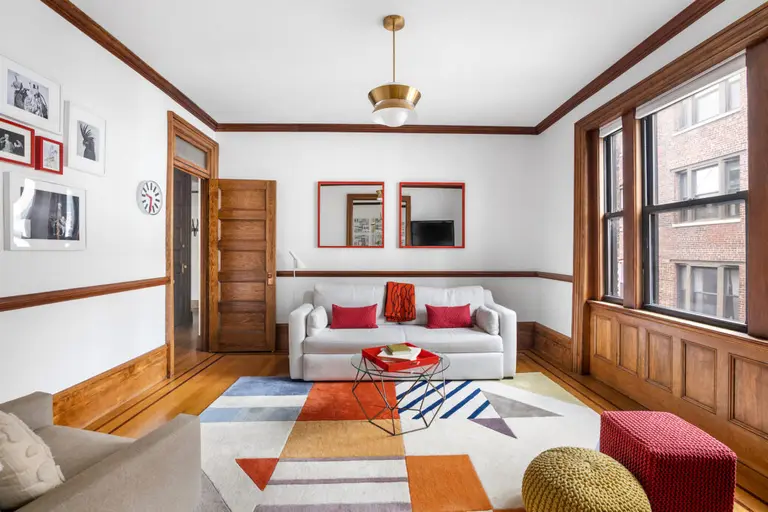
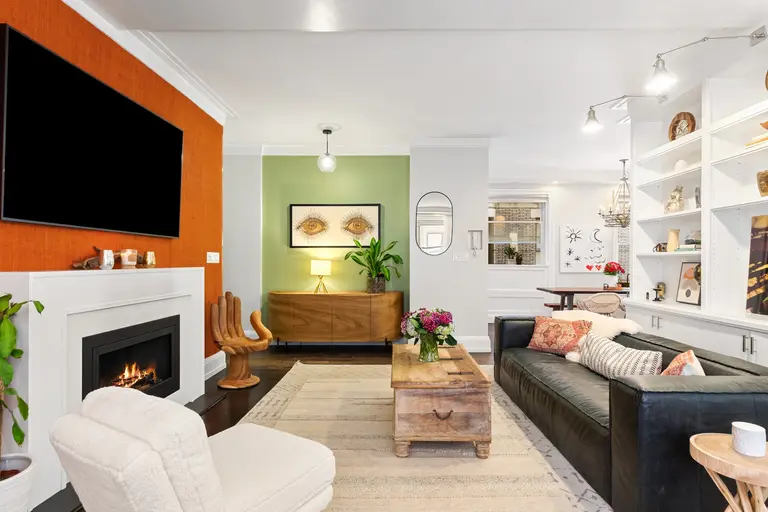











It is beyond offensive to refer to the longtime residents of Morningside Heights (some whose families have been here for generations) as “everyone else.” This neighborhood is not just a playground for Columbia affiliates and commuters. The tone of this article is alarming and represents everything wrong with people who move to NY. It seems like you don’t even see the people that make up the neighborhood. You just see what it can offer you and Columbia. It is not right, and you should not promote this mentality.
super!